Just an hour east of Canada’s biggest metropolitan city is the Canadian Tire Motorsport Park (CTMP), a legendary track that has hosted close to 40 different racing series in its 65 year history, including Formula 1, IndyCar, and the American Le Mans Series. And it’s no wonder so many series have chosen this track to race on; the CTMP is a circuit unlike any other, putting drivers to the test with its speedy layout and tricky corners.
This weekend it hosts the IMSA WeatherTech SportsCar Championship Chevrolet Grand Prix, as well as the IMSA Michelin Pilot Challenge, where the best of the best in sportscar endurance racing take to its unforgiving layout to battle for victory. Ahead of race day, we dove deep into what exactly it is that makes this track so demanding to race on, and how exactly drivers and their teams approach preparation and set-up to tackle such a formidable challenge.
Speed and rhythm
Described as a “bucket-list track for drivers around the globe,” by Canadian motorsport legend and track co-owner Ron Fellows, the CTMP is an intense and challenging course that tests the limits of motor racing.
“The [CTMP] has the fastest average lap speed of any circuit on the schedule, so it's a really quick circuit, and high commitment circuit,” said Daniel Morad, who is driving for Winward Racing in the Michelin Pilot Challenge during this Grand Prix weekend. Indeed, cars are able to reach over 130mph on this track, with Meyer Shank Racing’s Tom Blomqvist reaching up to 137.472 mph (221.234kmph) during Qualifying in 2023.
“From turn eight to turn five–the majority of the track–it's all high speed and elevation,” Fellows explained further. “It gets your attention. If you're a racing driver, anybody can go fast in a straight line but it's cornering that counts, and this track here…if you can master the craft here, you'll master it anywhere.”
And to master a track this speedy, drivers have to take extra care when getting ready for a race weekend. Morad gave insight into how he adapts for a race at the CTMP saying, “I’m always driving on the sim before I come to any race circuit. Here more so than others because it's a rhythm circuit. It's a lot of fast corners, and one corner always leads into the next, so you have to really be clean on your lines and really precise because a small mistake here is ending up in big consequences.”
The sprint of endurance racing
The CTMP may be a uniquely fast track, but it’s not the only quick thing around here. The Chevrolet Grand Prix itself is an incredibly fast-paced race. At three hours, “this is virtually a Sprint race by our standards,” said Robert Wickens of DXDT Racing.
Compared to the Sahlen's Six Hours of The Glen–the previous race on the IMSA WeatherTech SportsCar Championship calendar–and the 12- and 24-hour marathons of Sebring and Daytona, teams have a much tighter timeline to execute here.

“The strategy of the race, it changes quite a bit,” Wickens said, speaking about how teams approach the weekend as a whole. “Basically, [we] just try to go one fuel stint at a time. For us, it being a three hour race, that's pretty much you pit twice. So, how do you structure your race strategy around that to try to get you the best result possible?”
Teamwork makes the dream work
But in an endurance series, teamwork isn’t just about strategy at the pit wall. It’s also about being inside the car itself.
“It's not just one driver driving this car, there's two. And on the longer races, it’s three or four drivers,” said Wickens.
Indeed, each team taking part in IMSA has multiple drivers behind the wheel, and this has a massive impact on how the car itself is set up. At a short race like the Chevrolet Grand Prix, drivers work in pairs, but just because there are less people behind the wheel doesn’t make it any less challenging.

"You have to learn [that] maybe what's best for me on track might not be best for my teammate, and that might not yield us the best possible result, right?. So everything's always an adjustment and it's all a compromise,” Wickens explained.
“How close do I want the steering wheel to myself where my teammate’s also happy and [we’re] always like, ‘do you like it?’ And when you're both kind of ehh, it's when you know it's good.”
Endurance racing is a truly unique beast, requiring a delicate balance of individual preference and compromise for success. This is all the more amplified at a track as demanding as the CTMP and a race as quick as the Chevrolet Grand Prix, where speed is at an all-time high and everyone needs to be in perfect sync to get the most out of a weekend. And it is the drivers and teams that pull this off to perfection that will walk away the winners at one of the most demanding tracks on the IMSA calendar, a true honor to strive for.

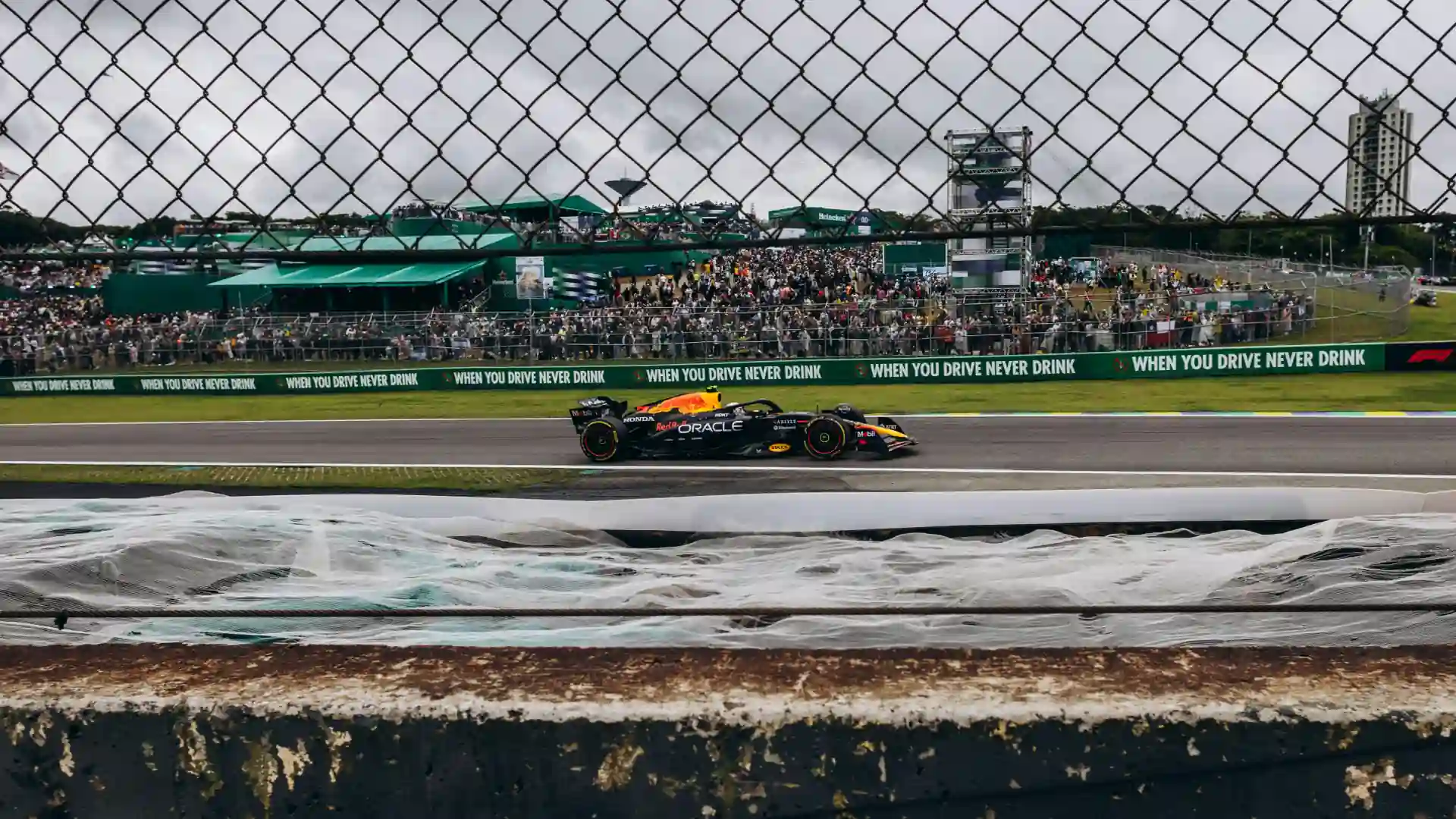
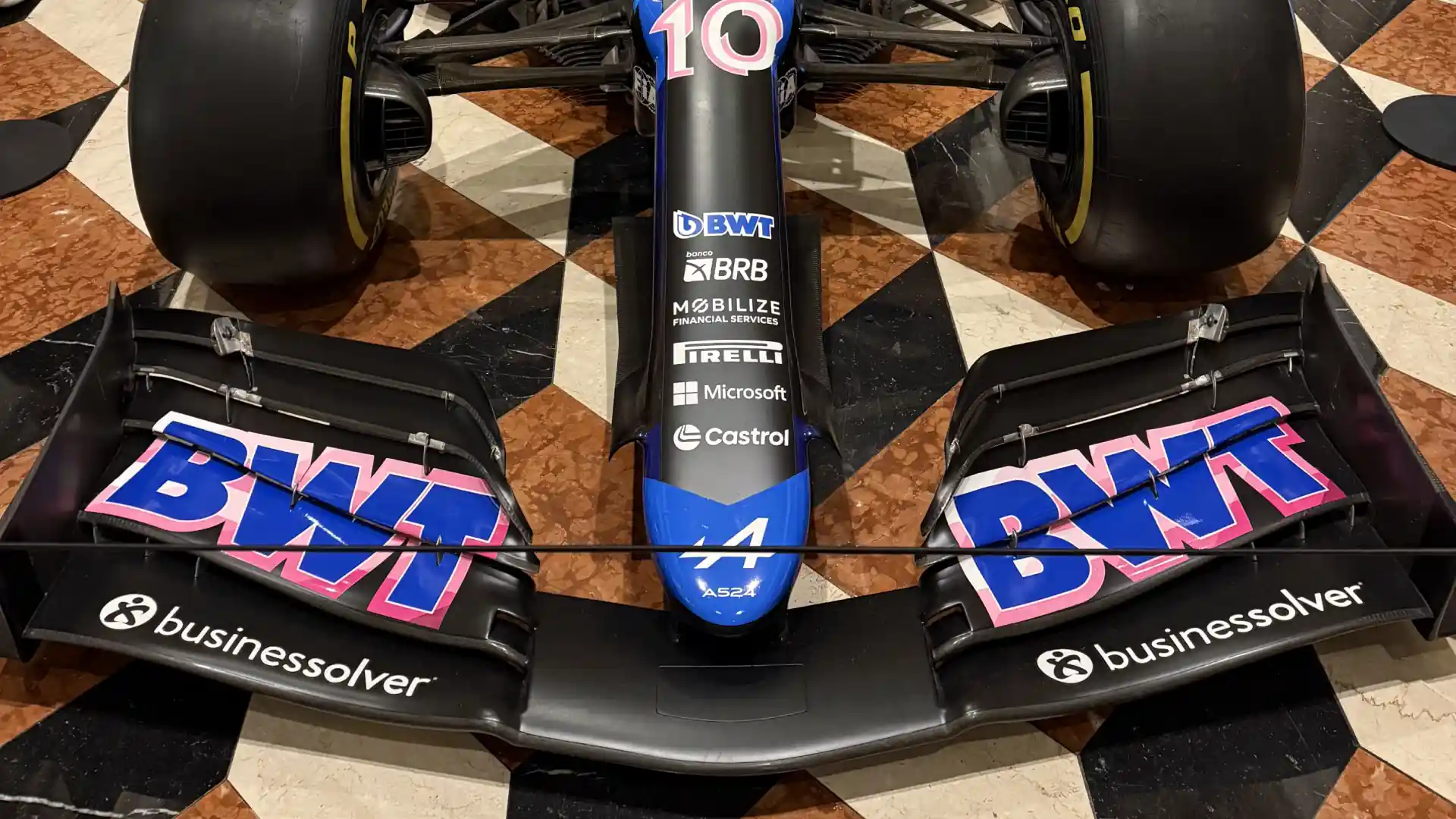
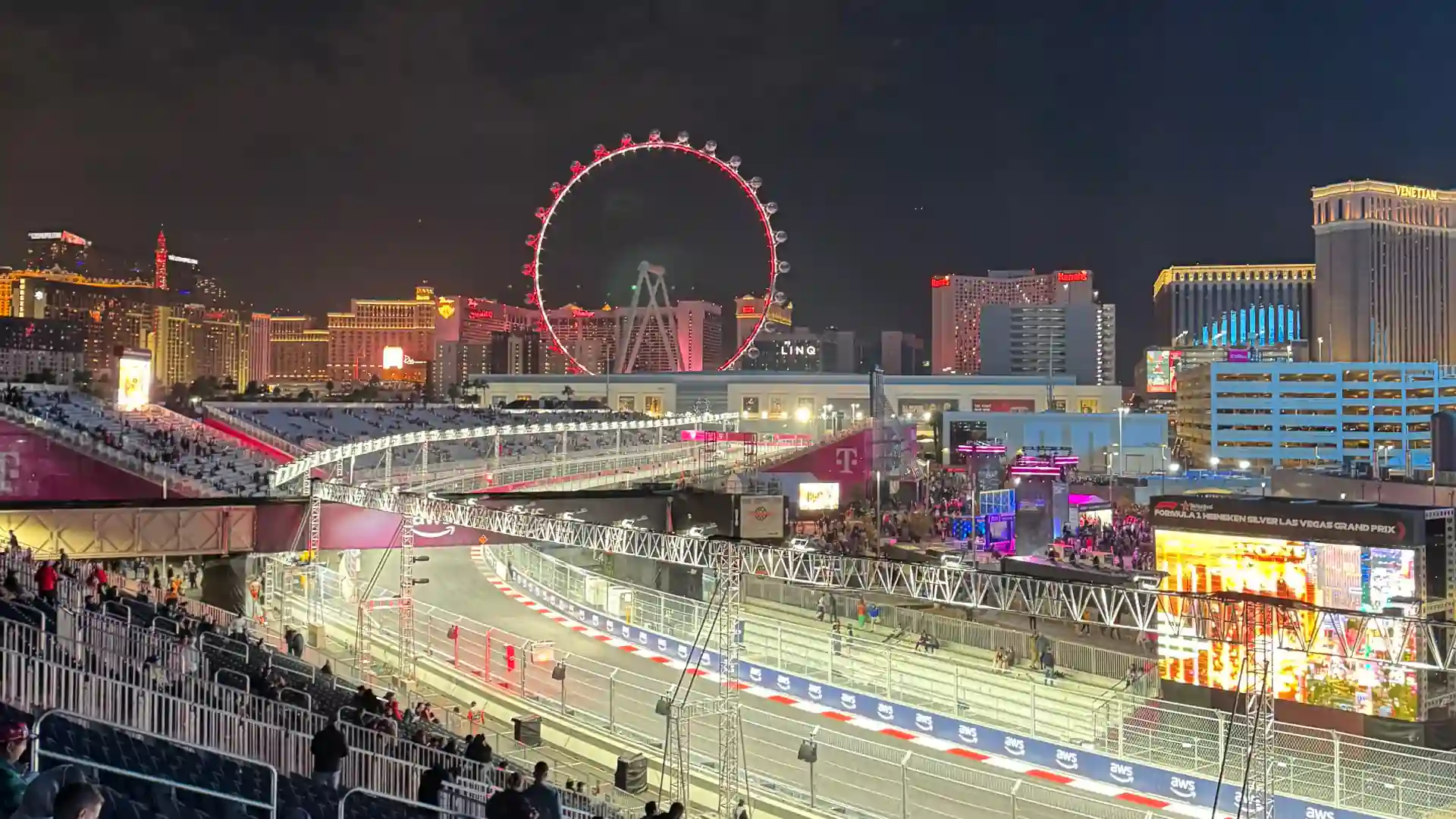
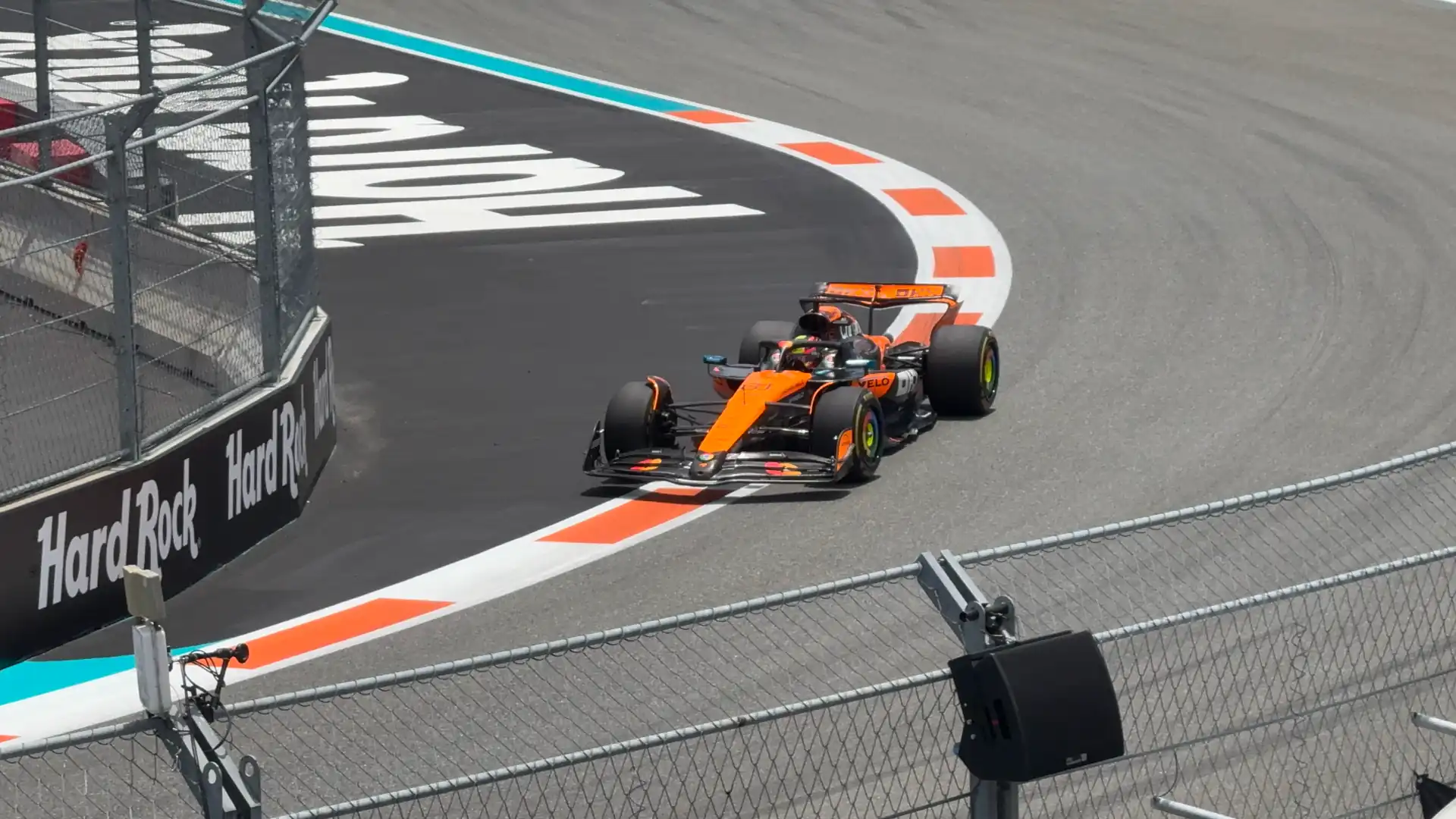
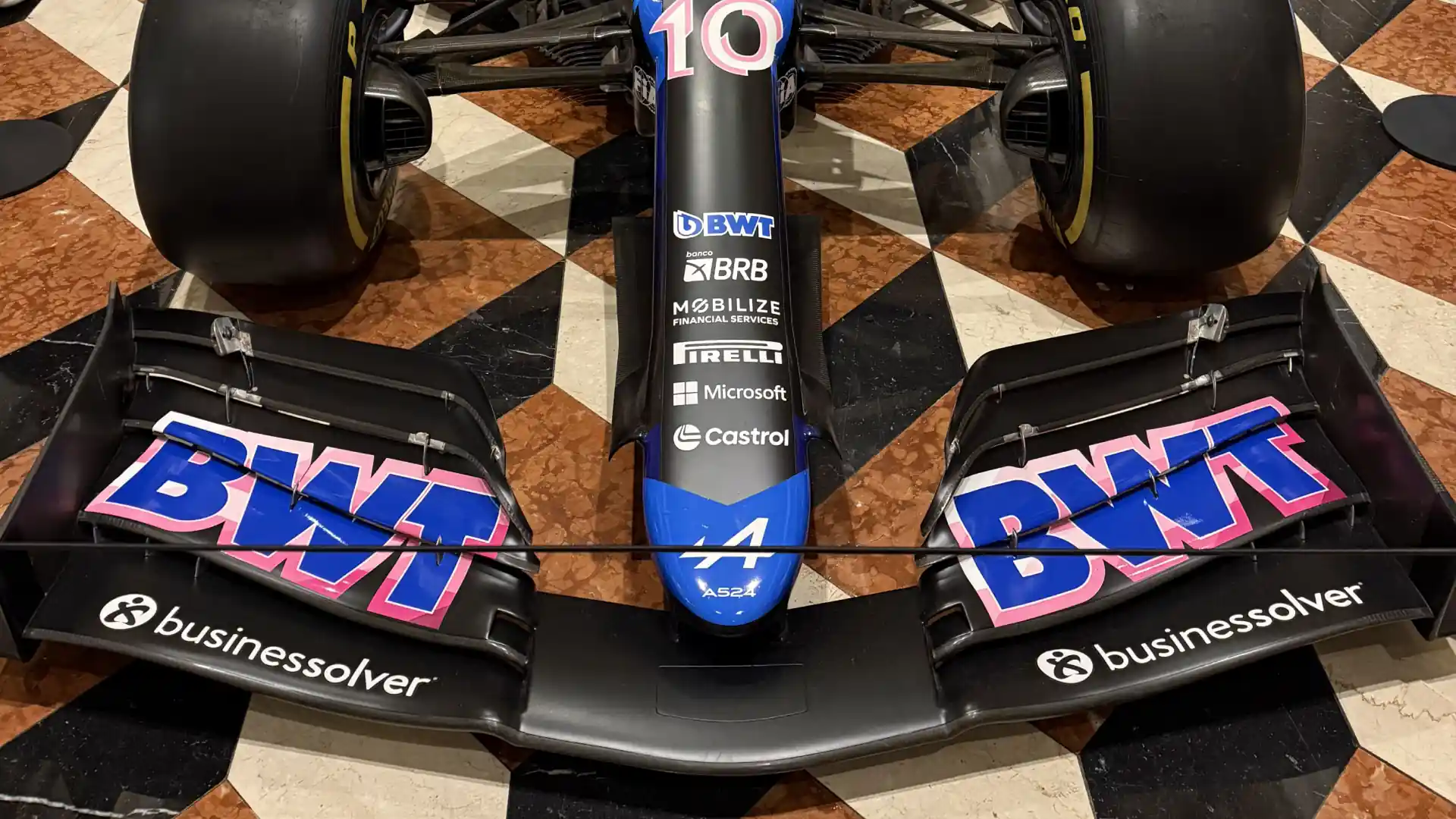

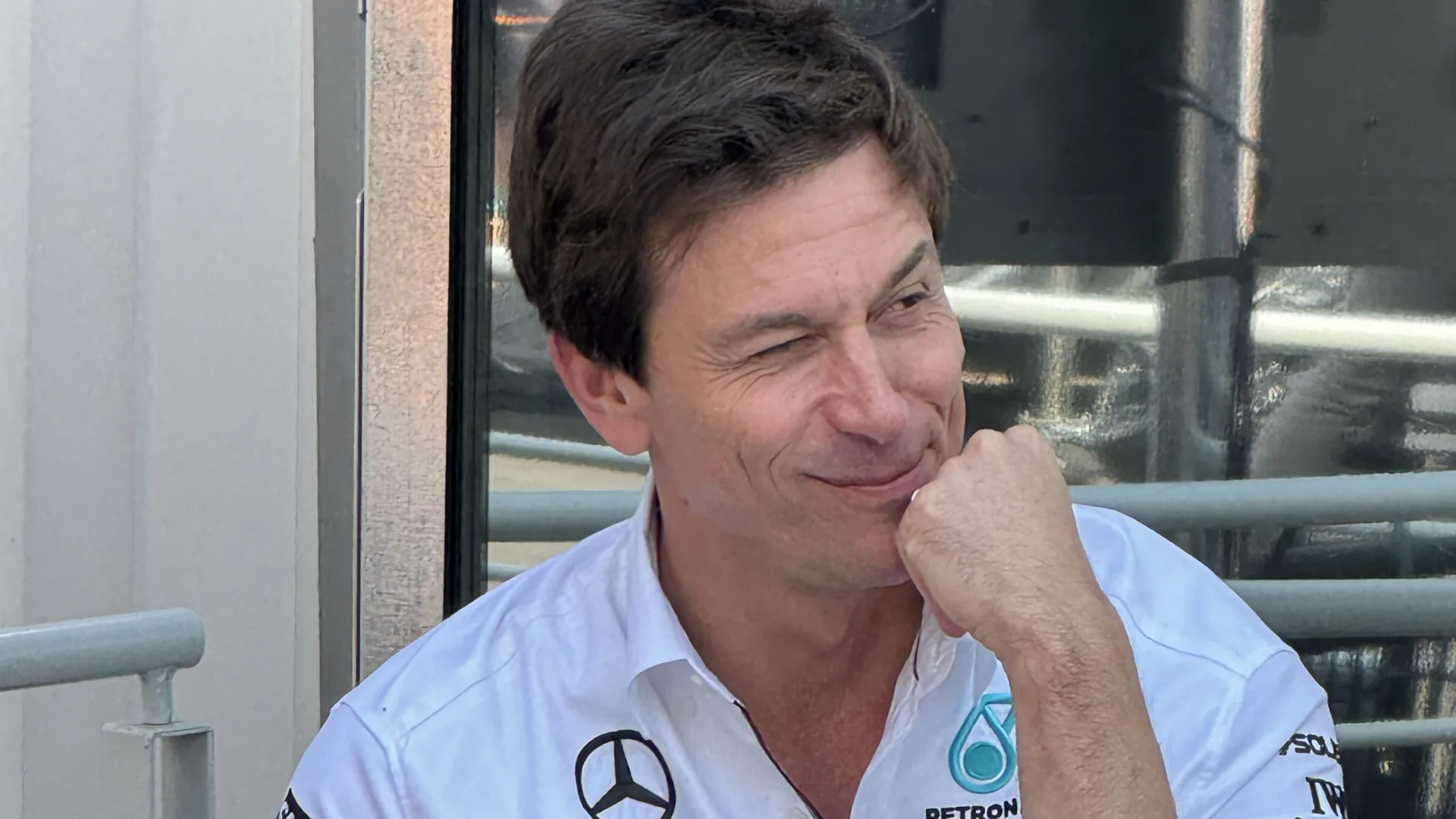
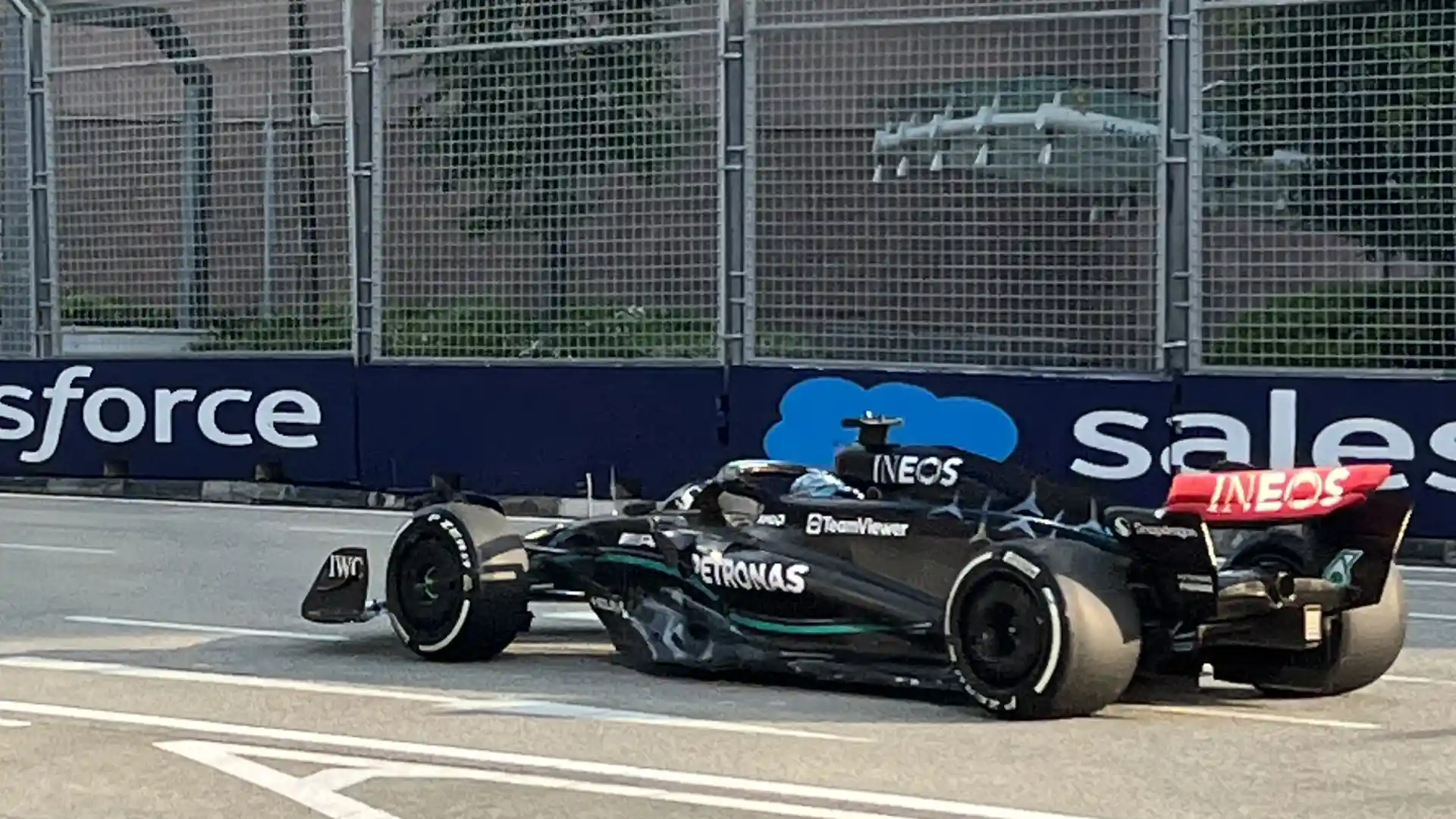
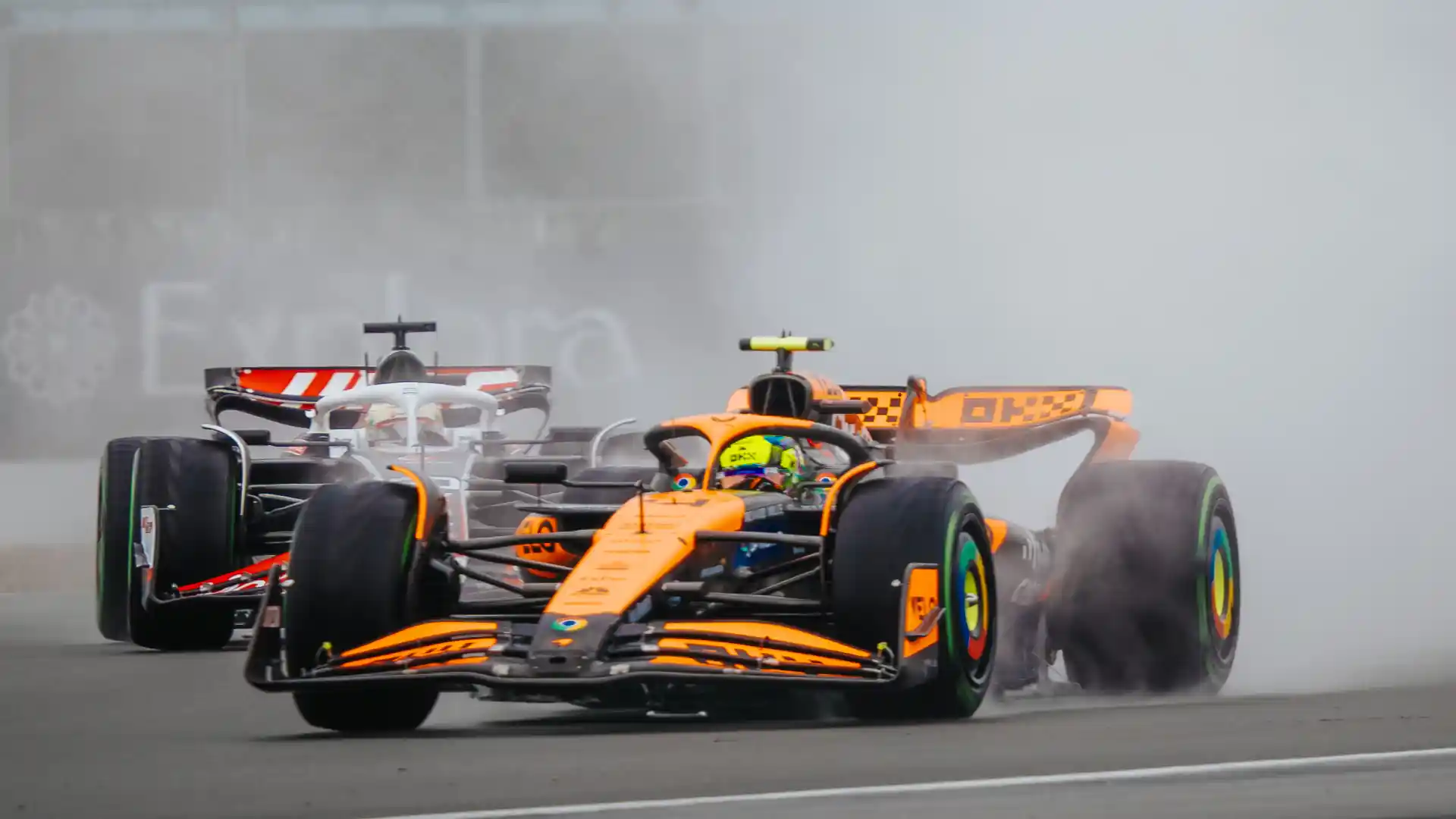

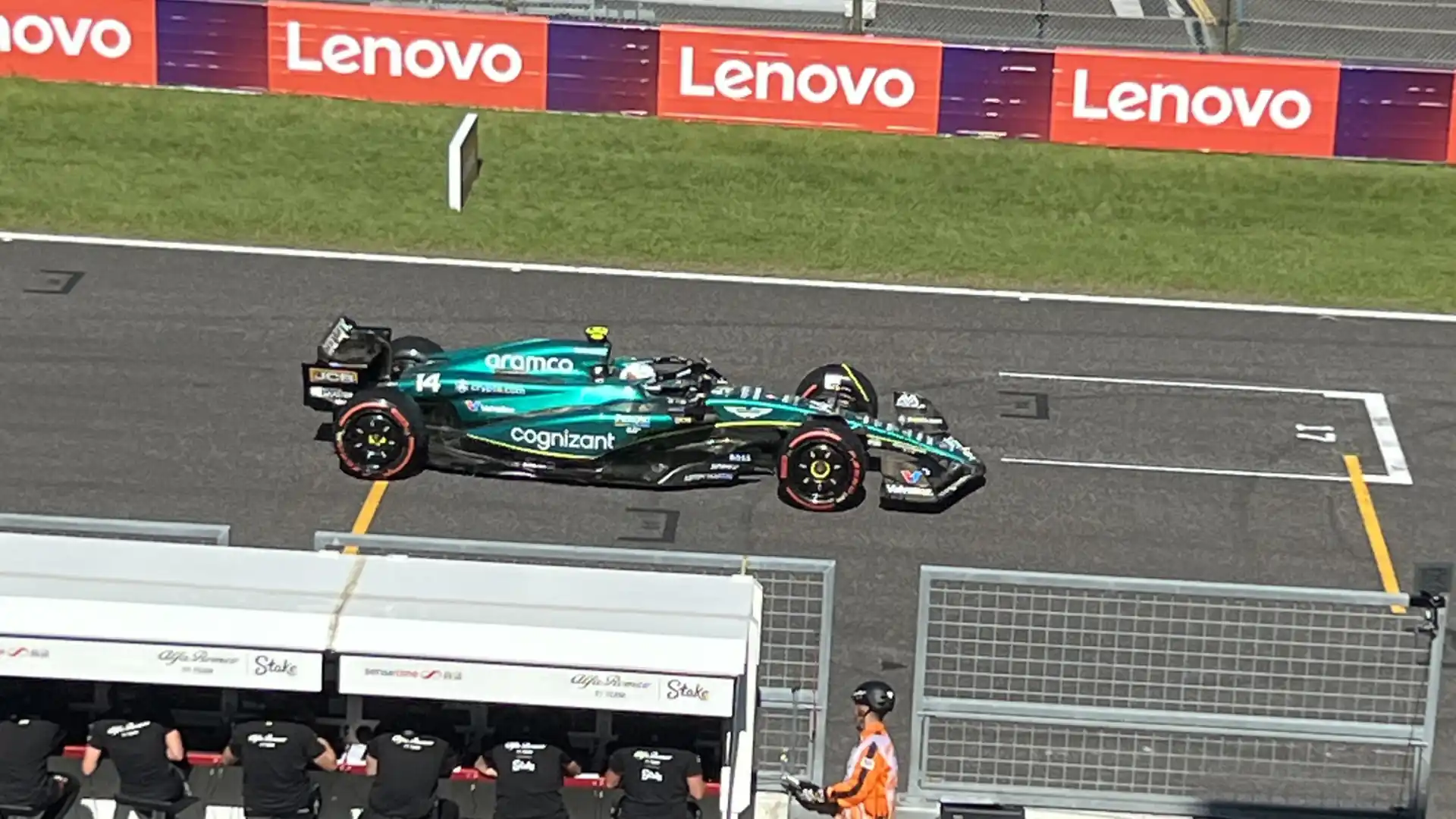
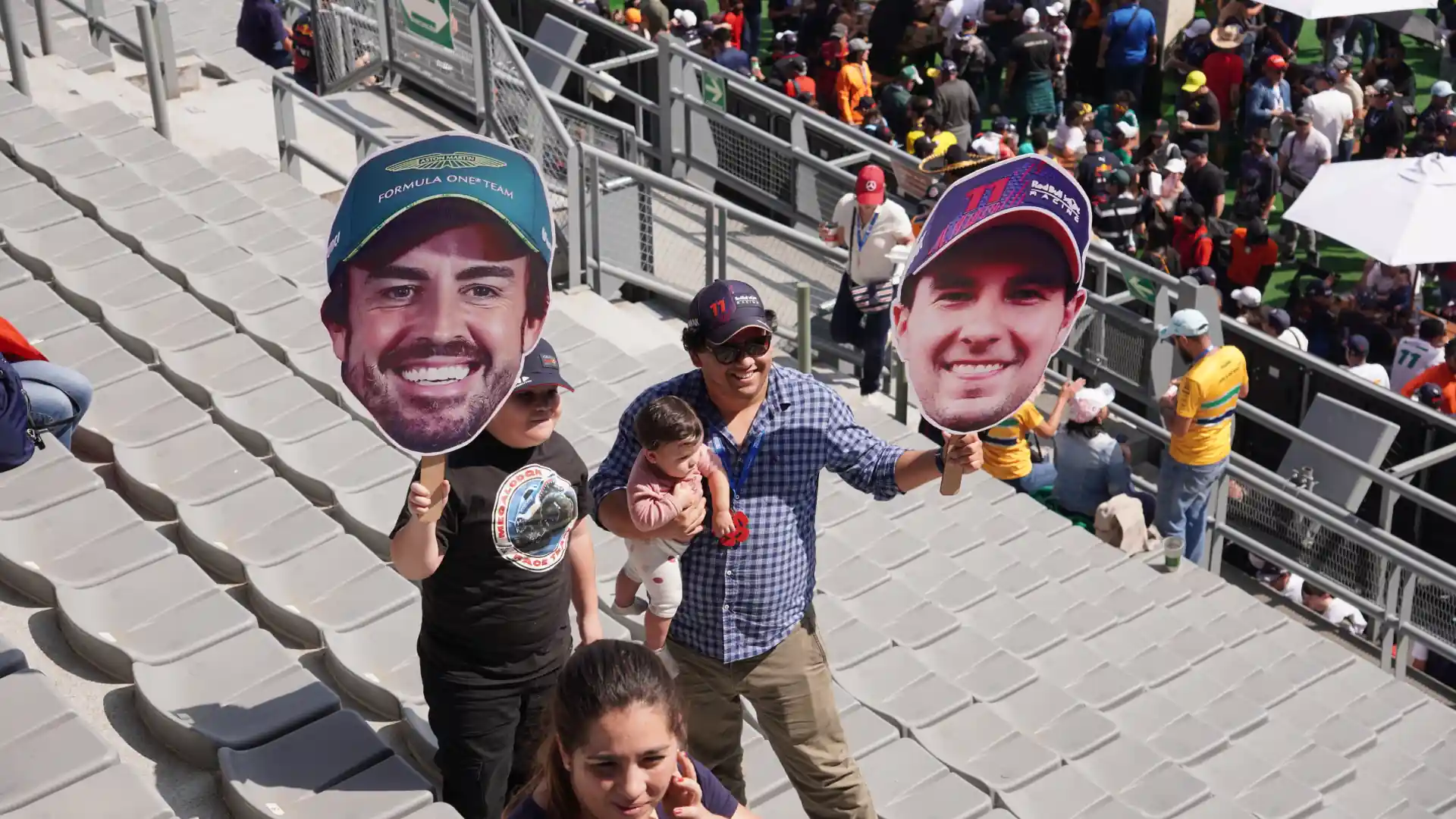
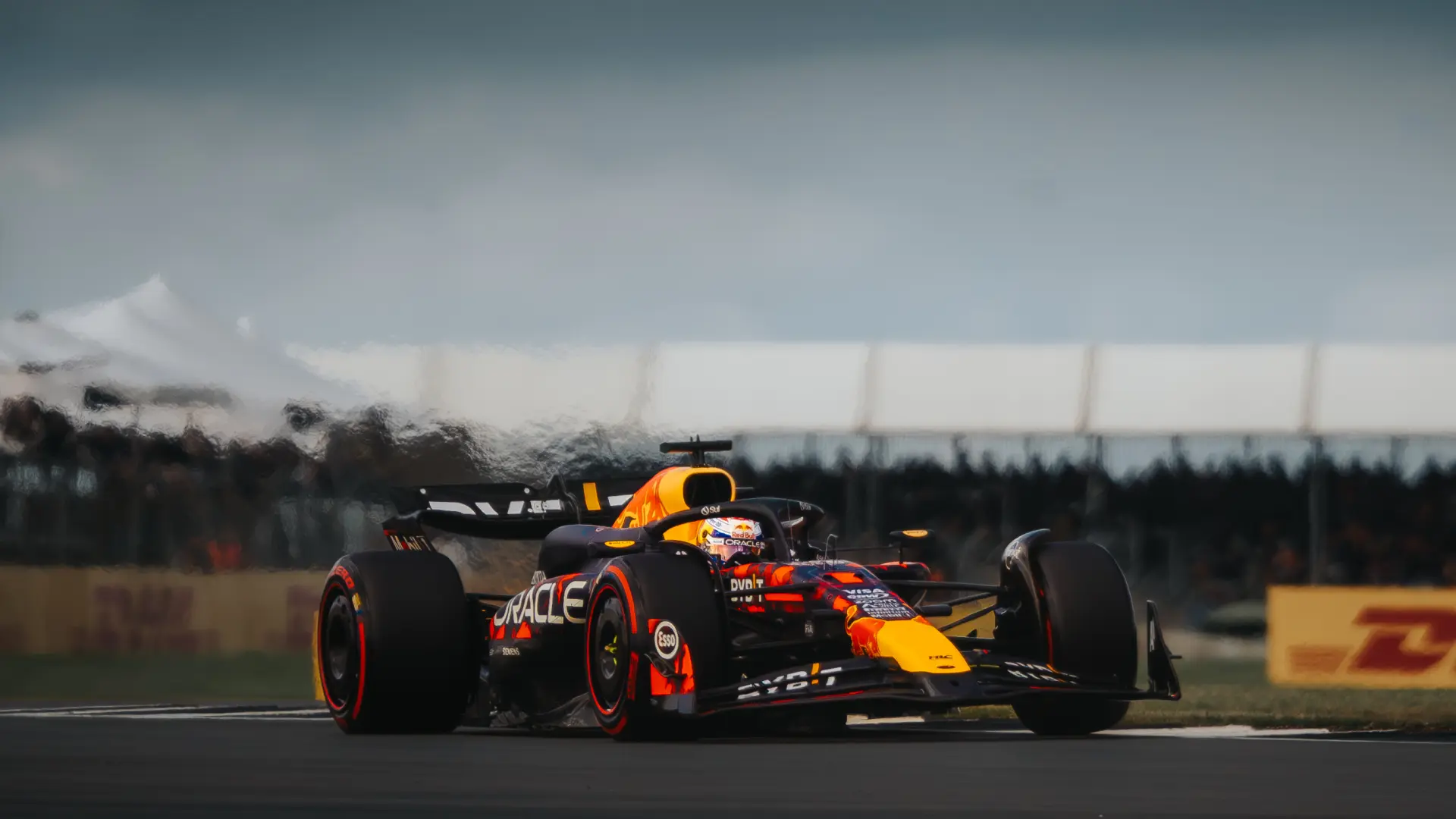
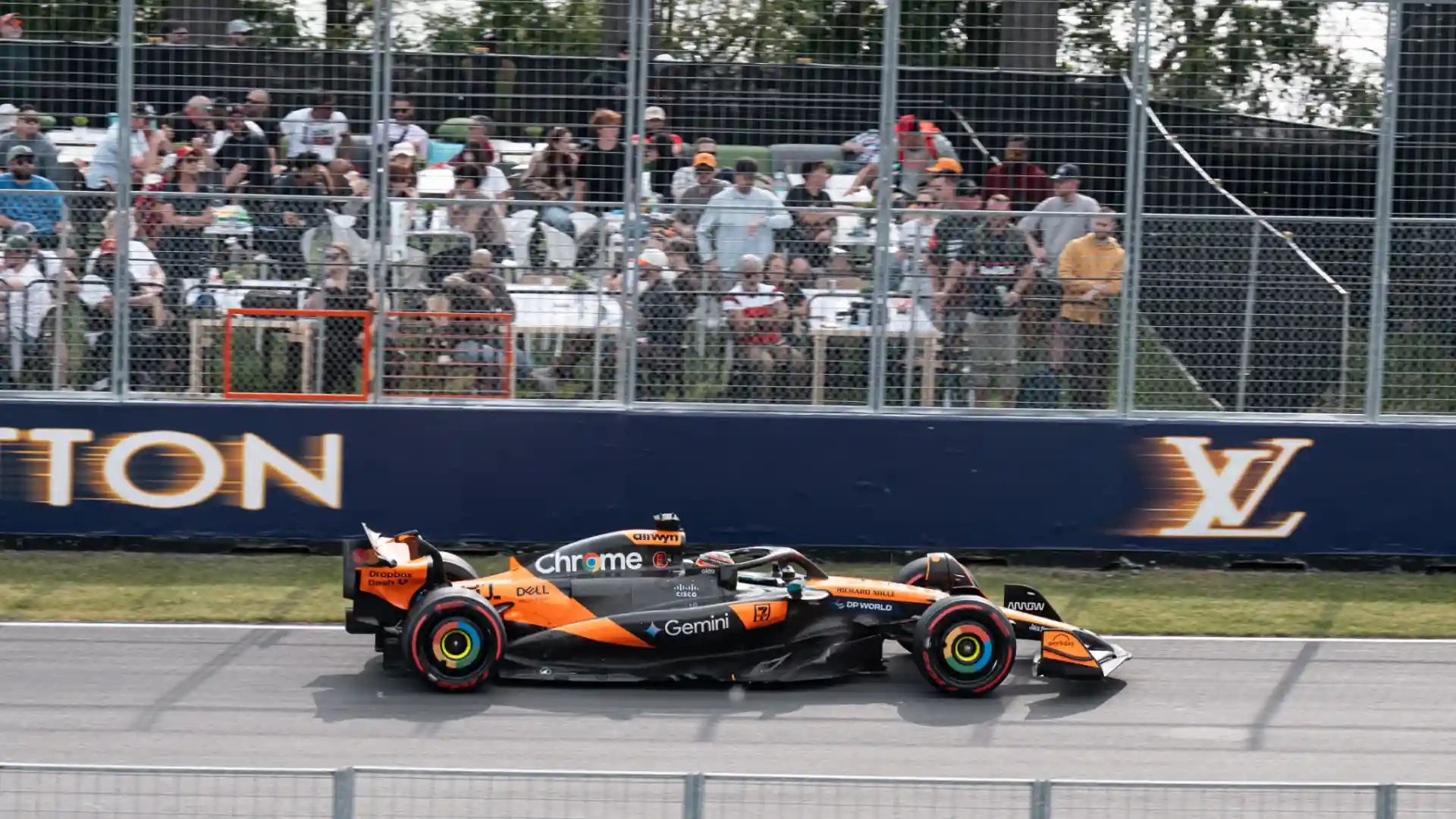
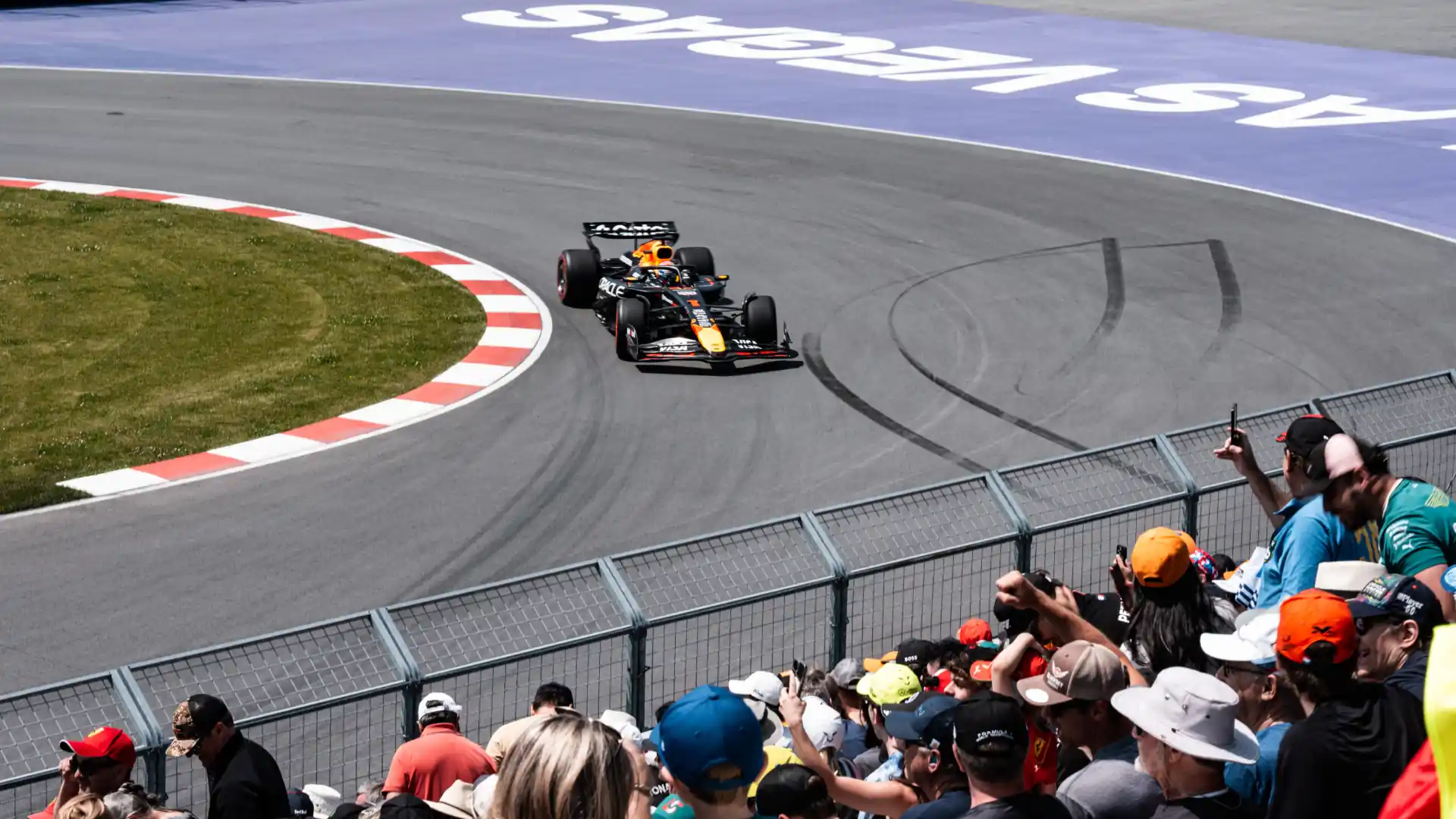
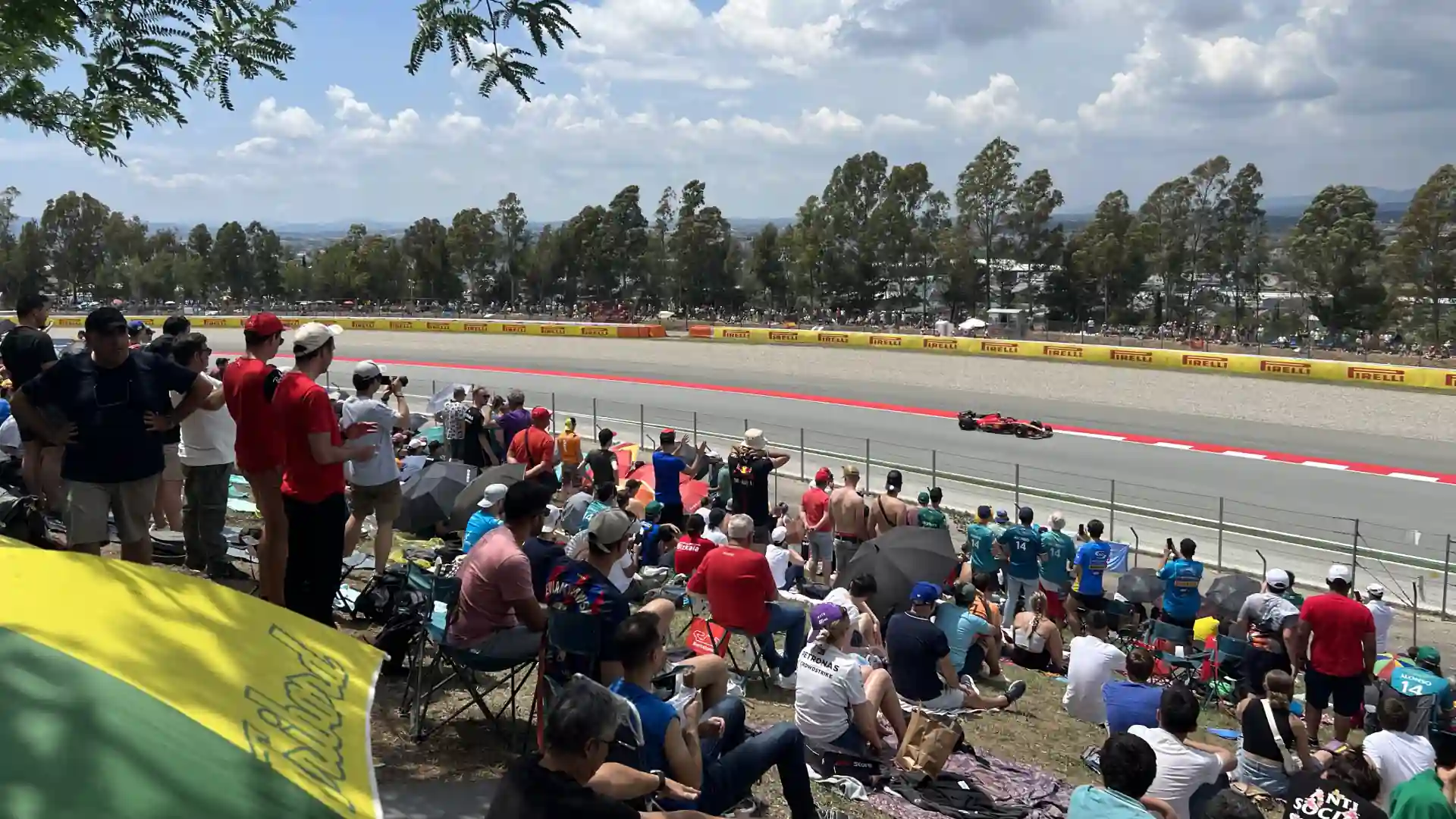

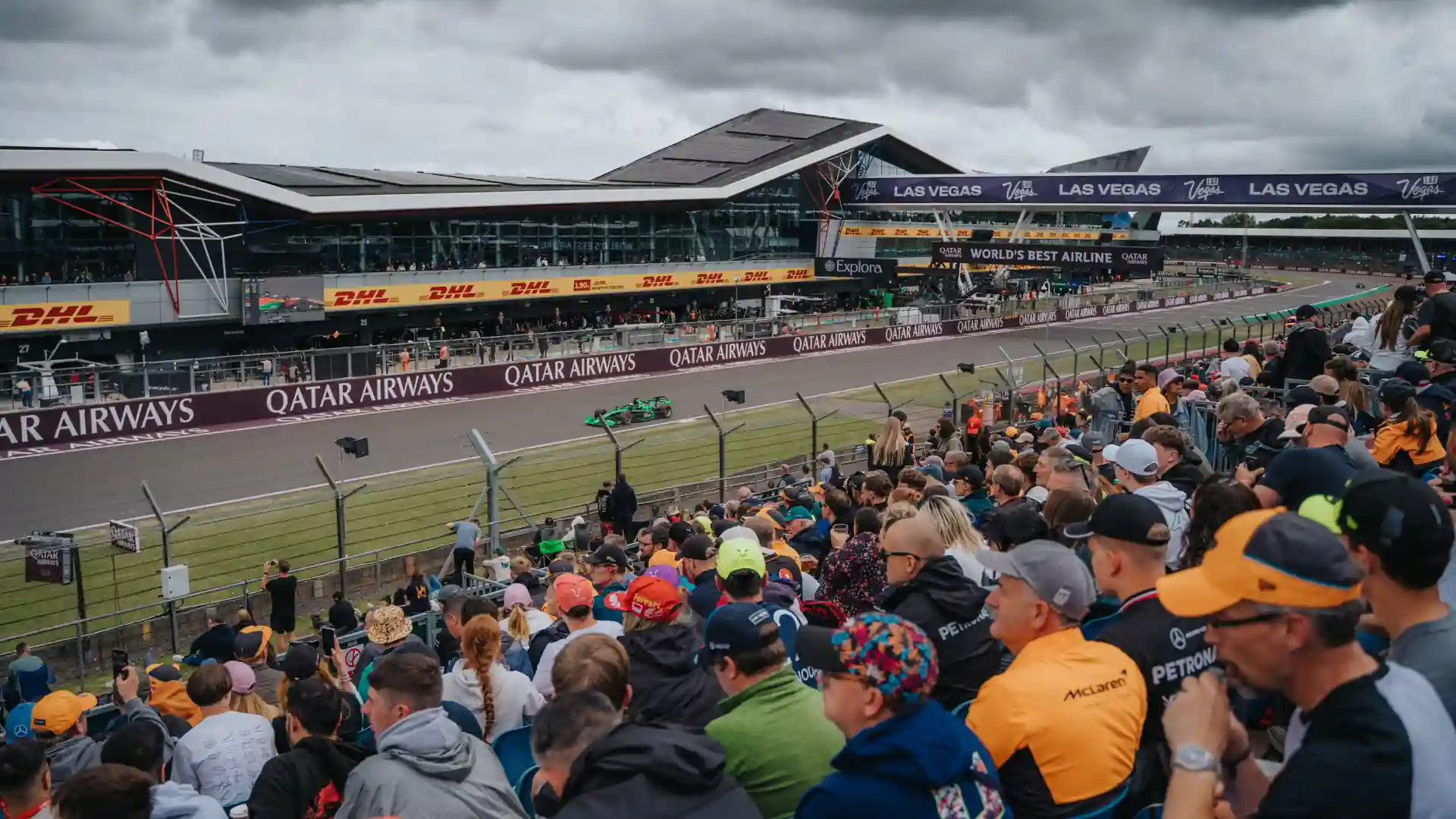
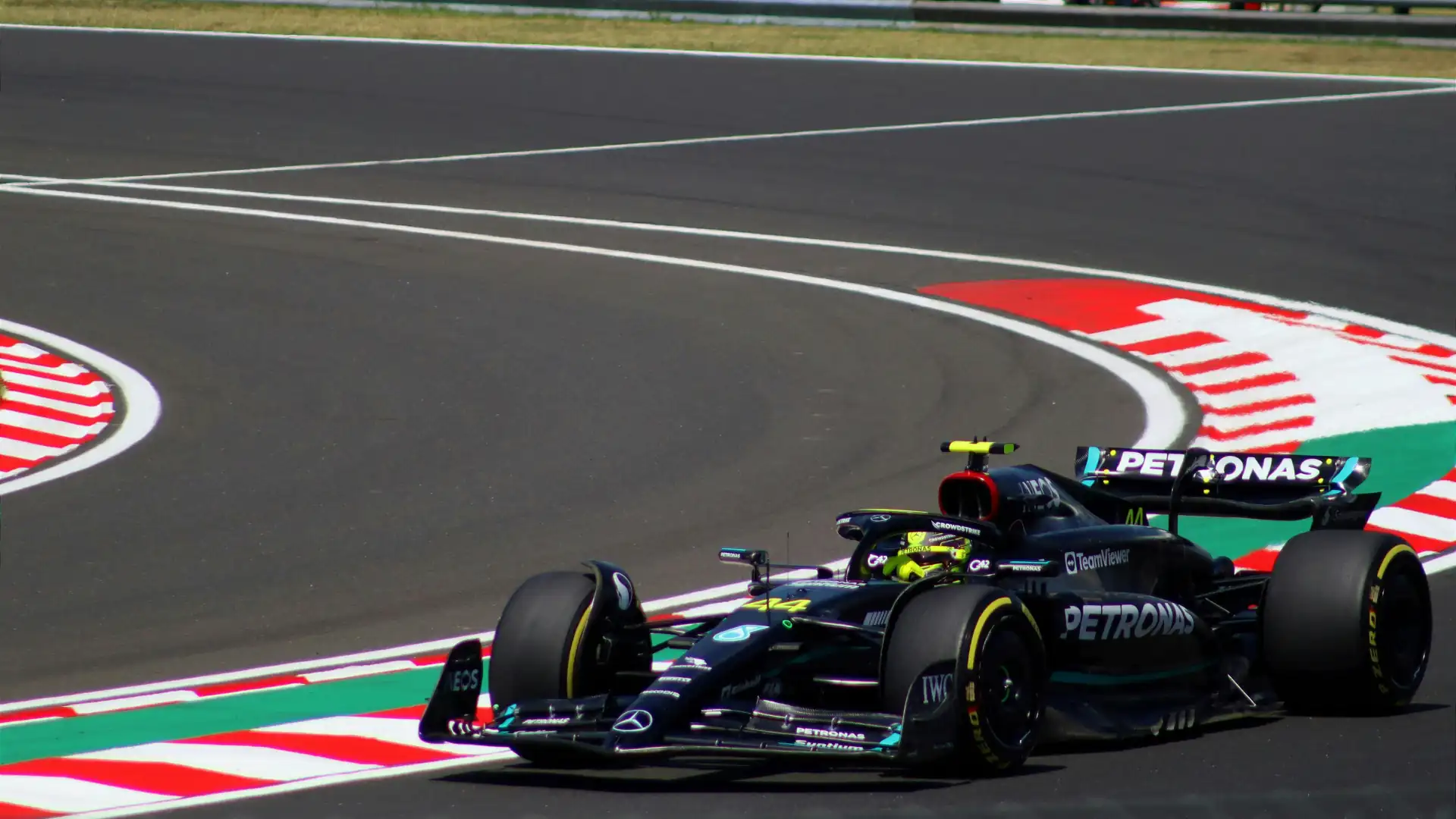
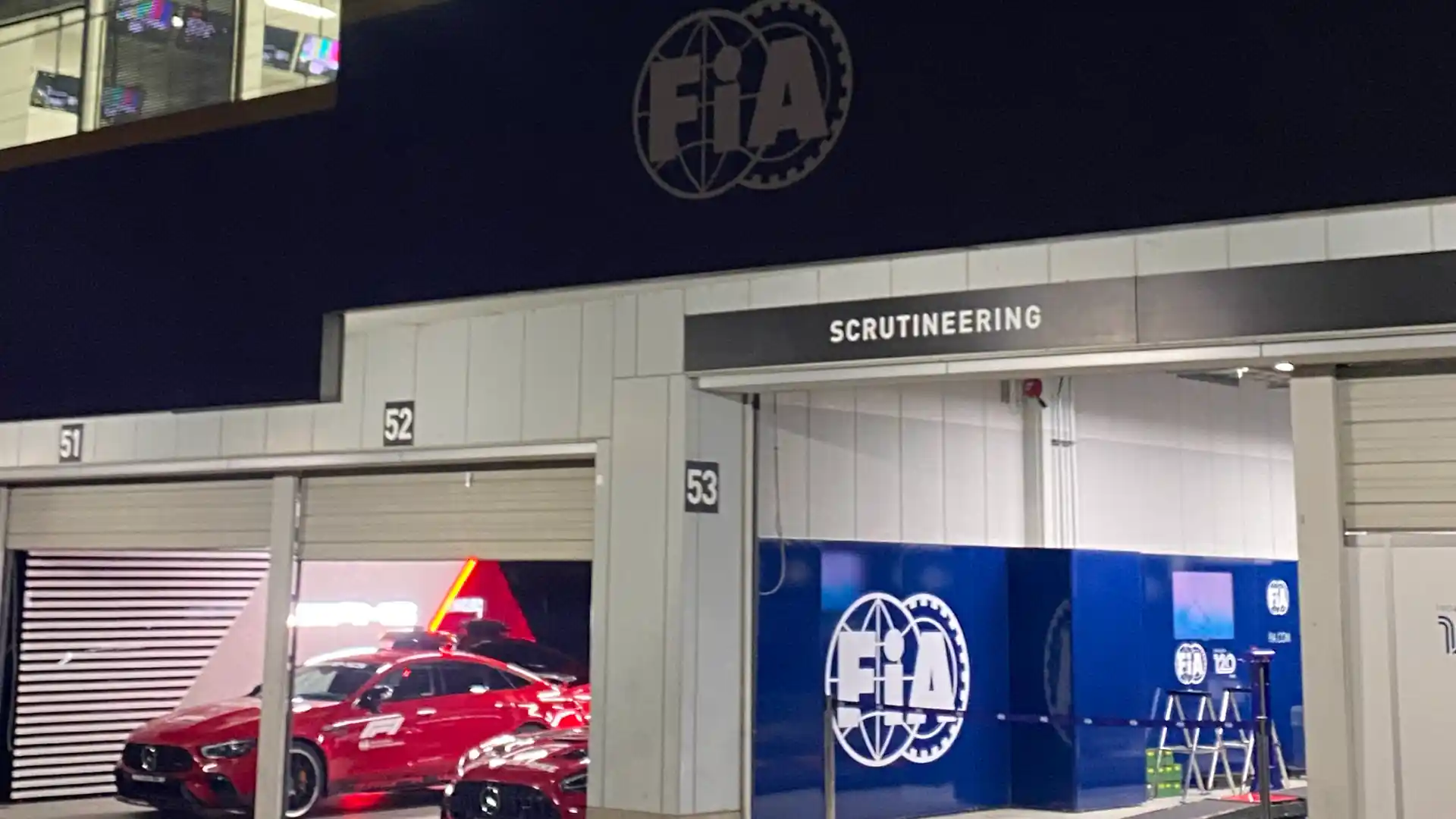
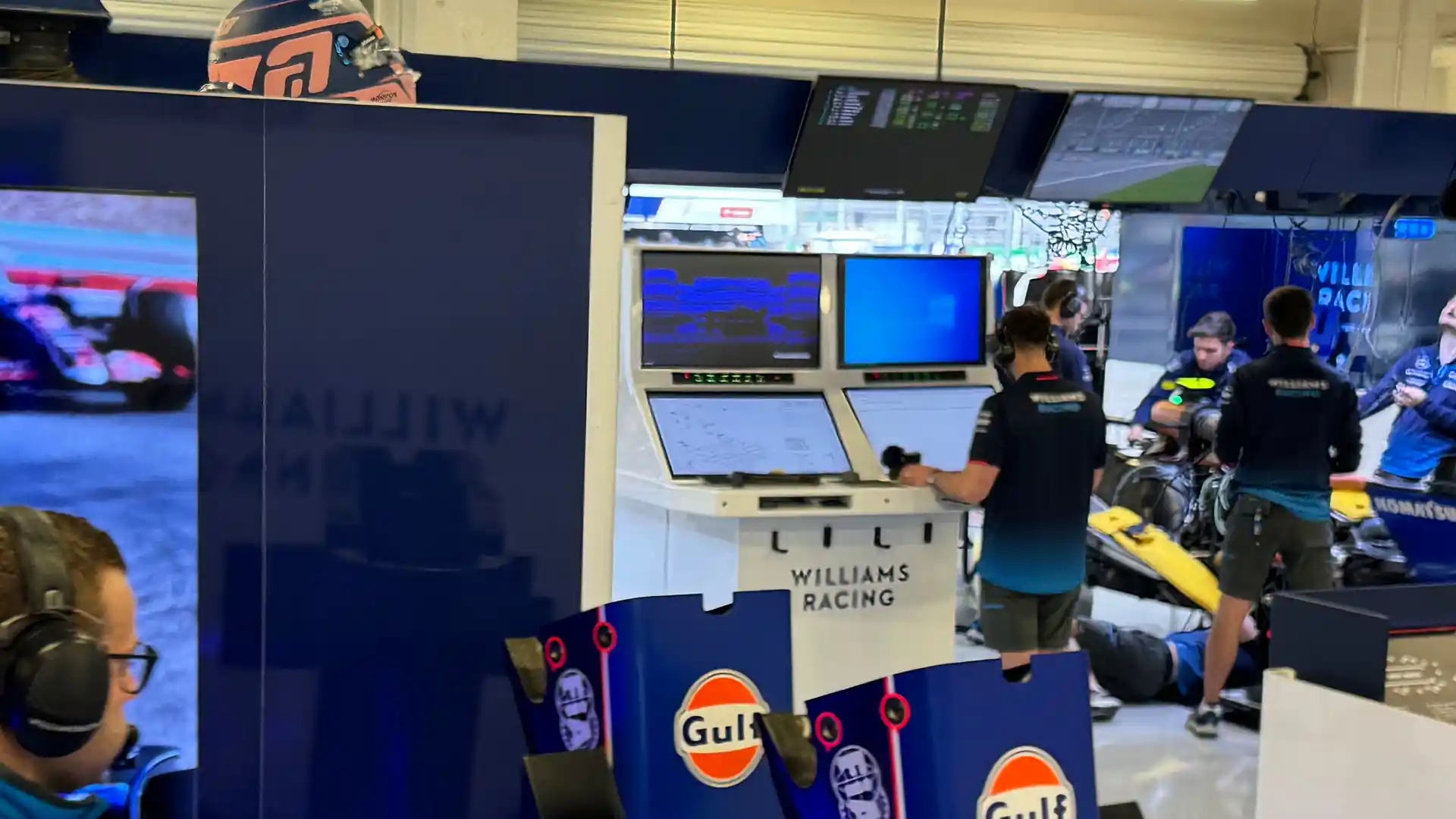
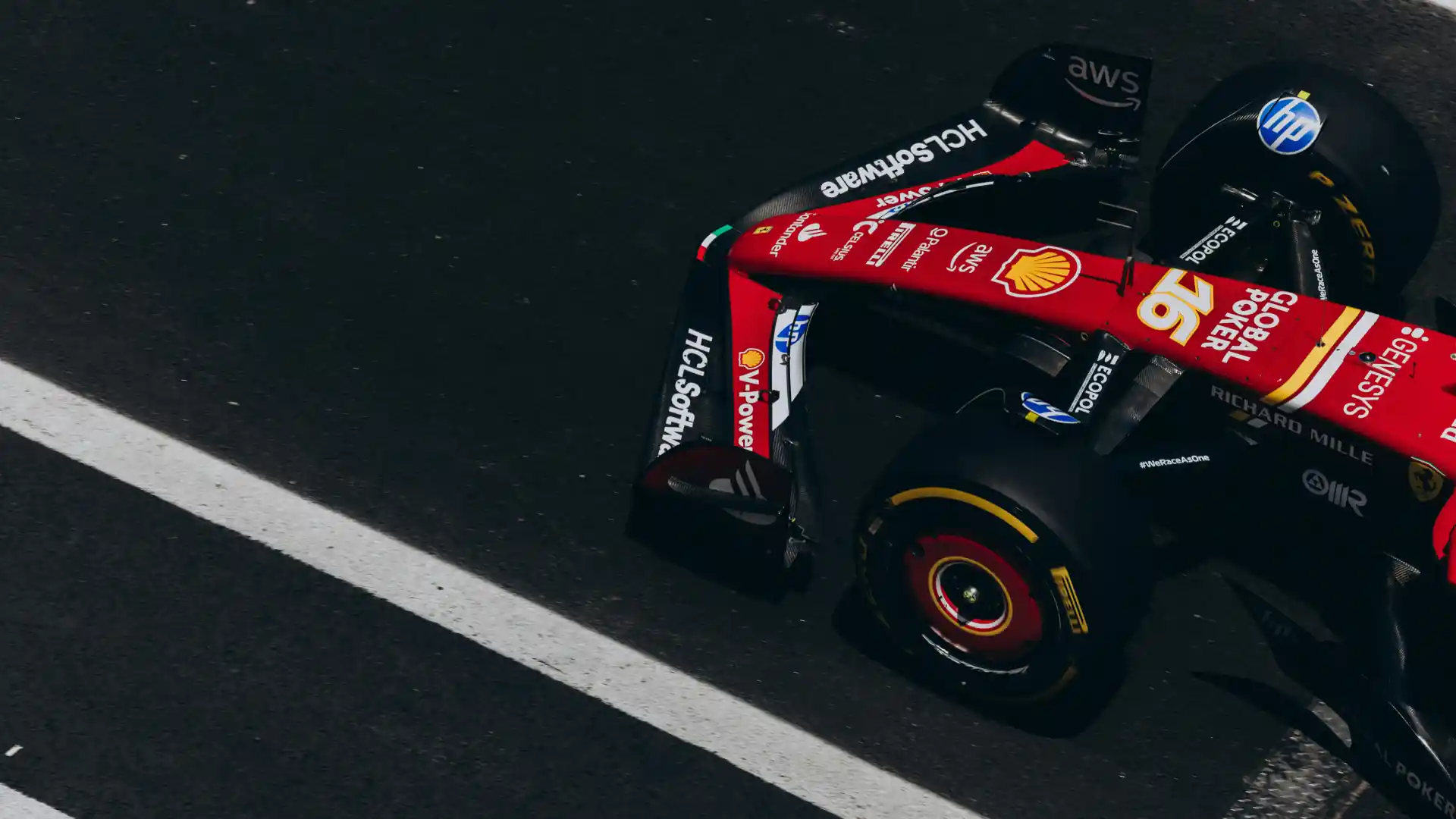

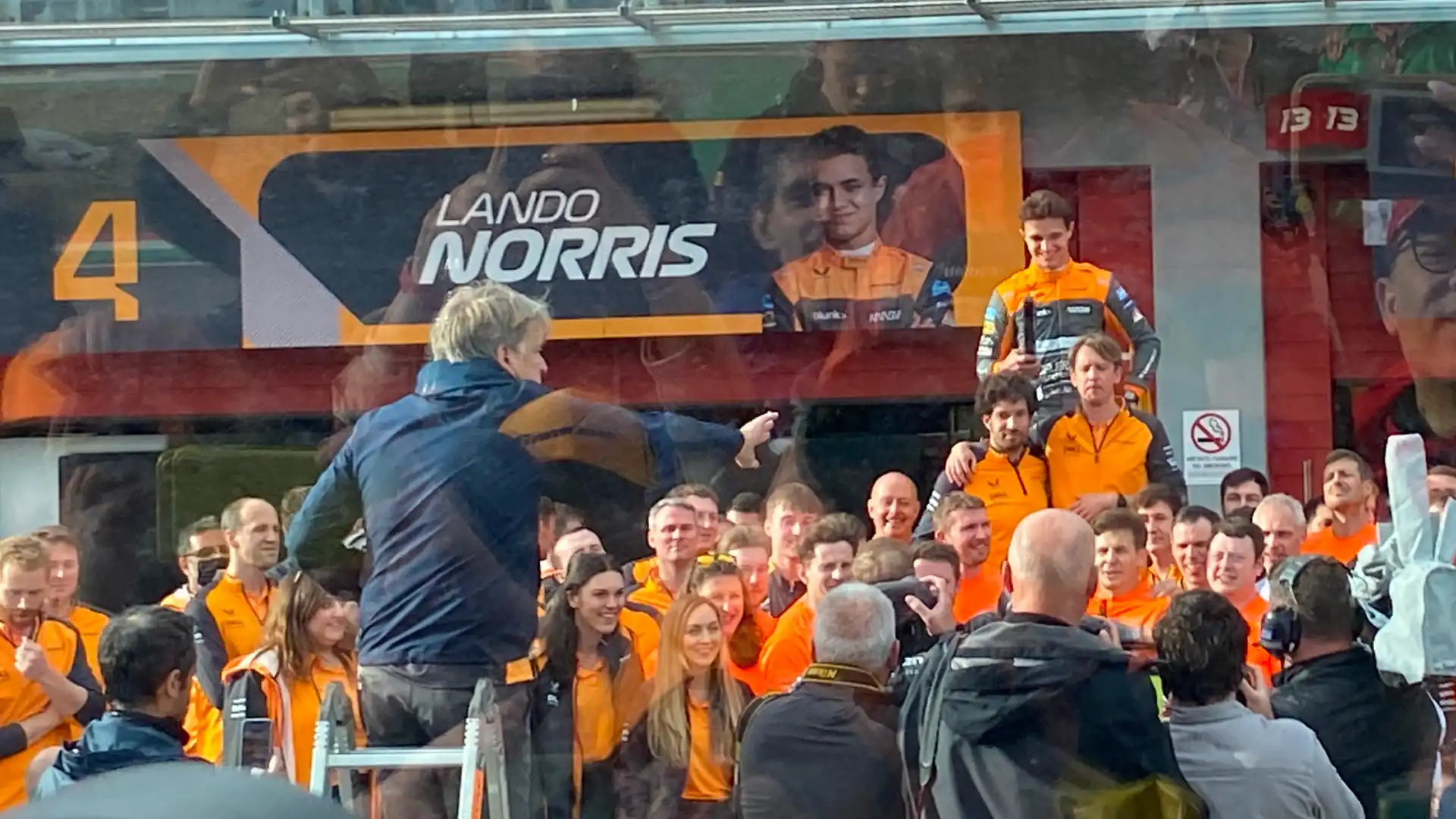
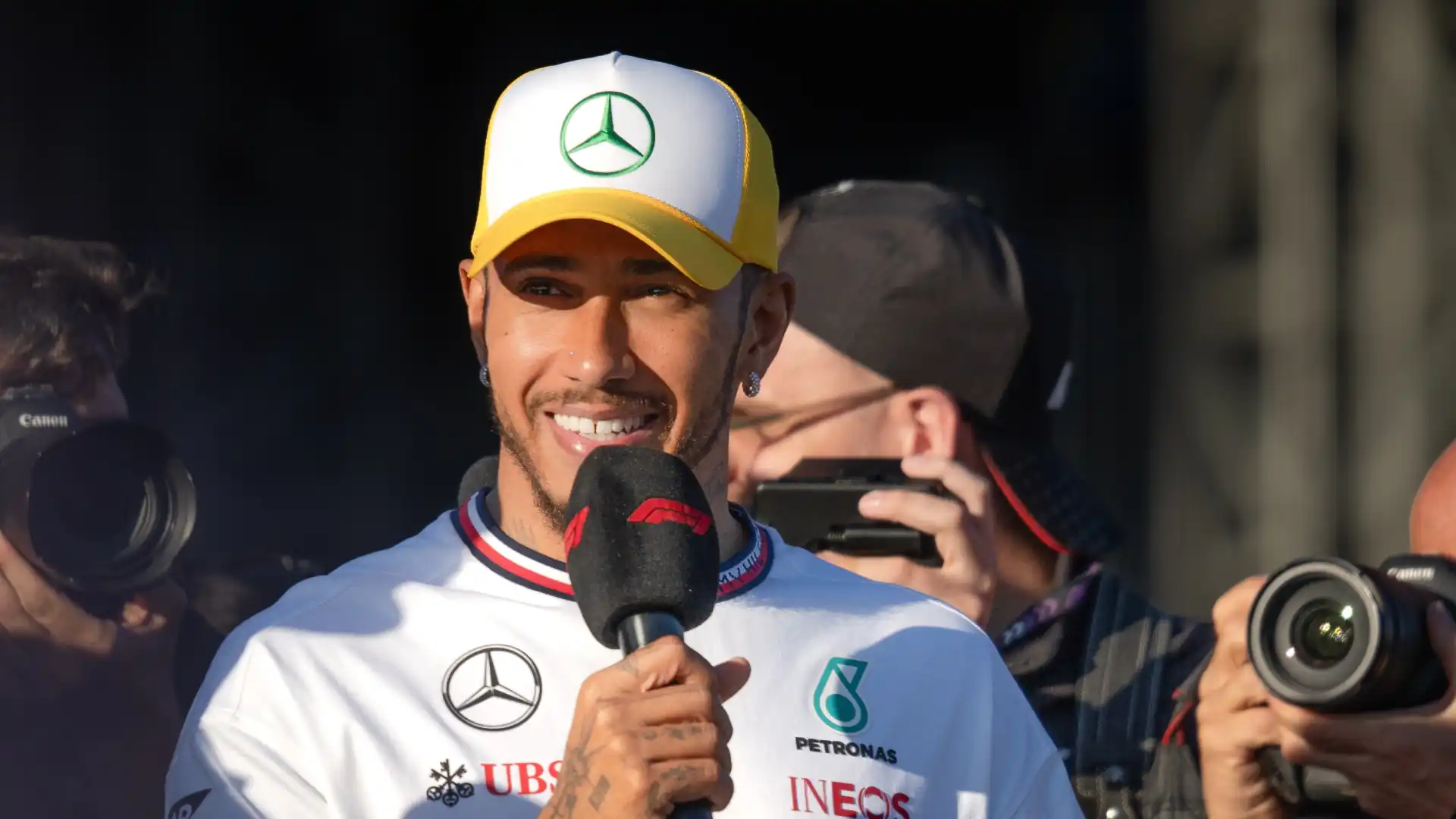


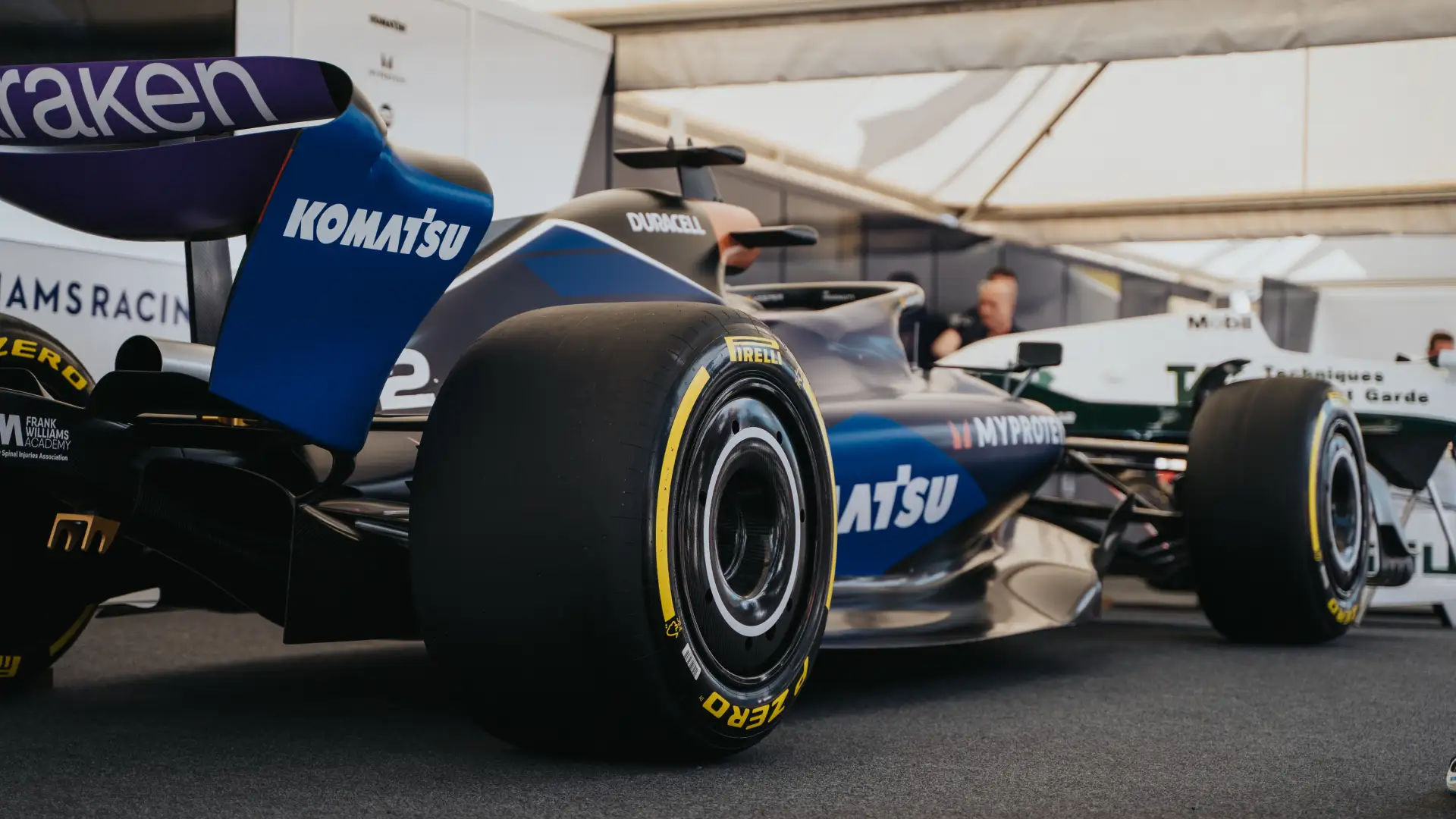
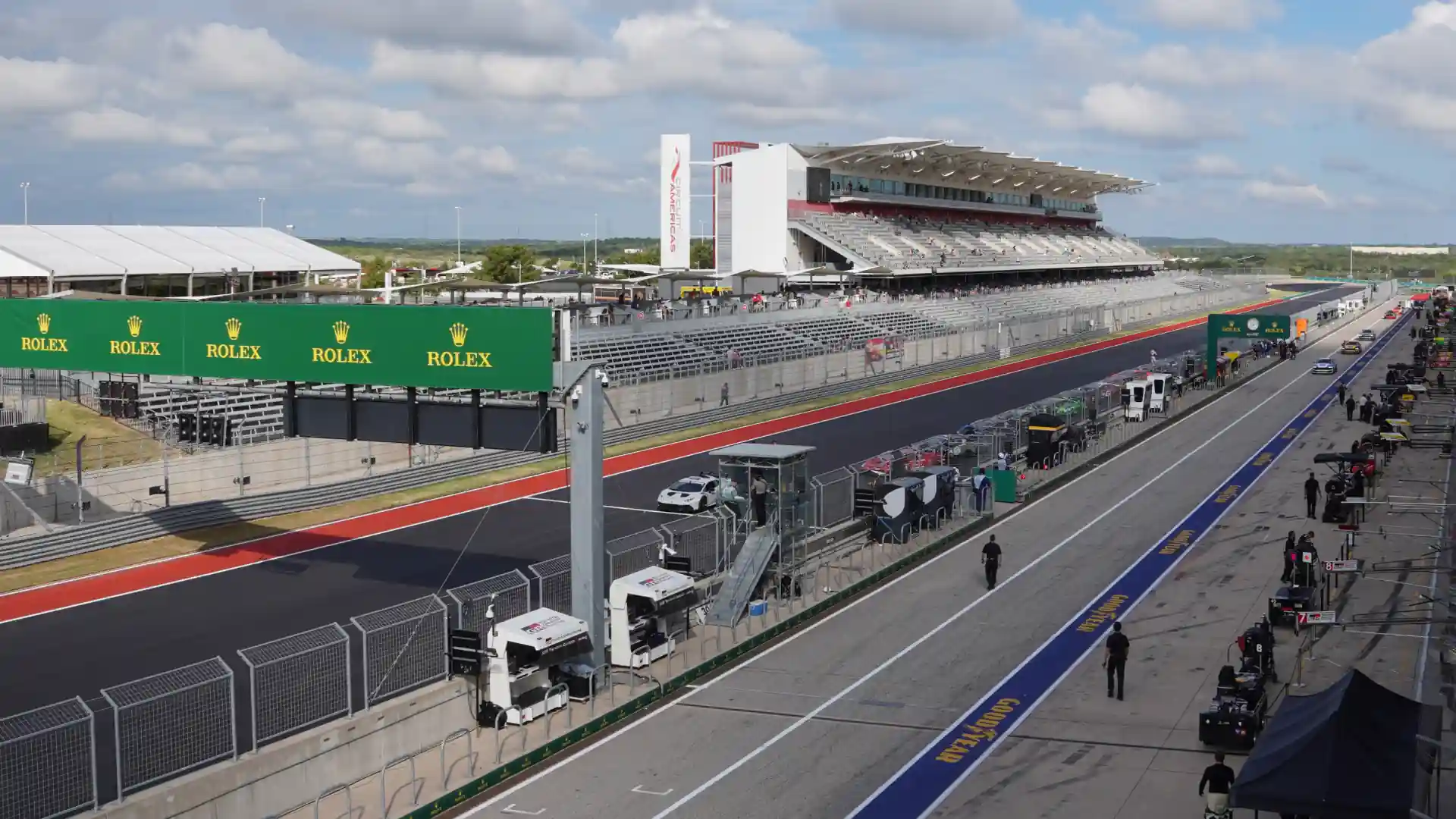
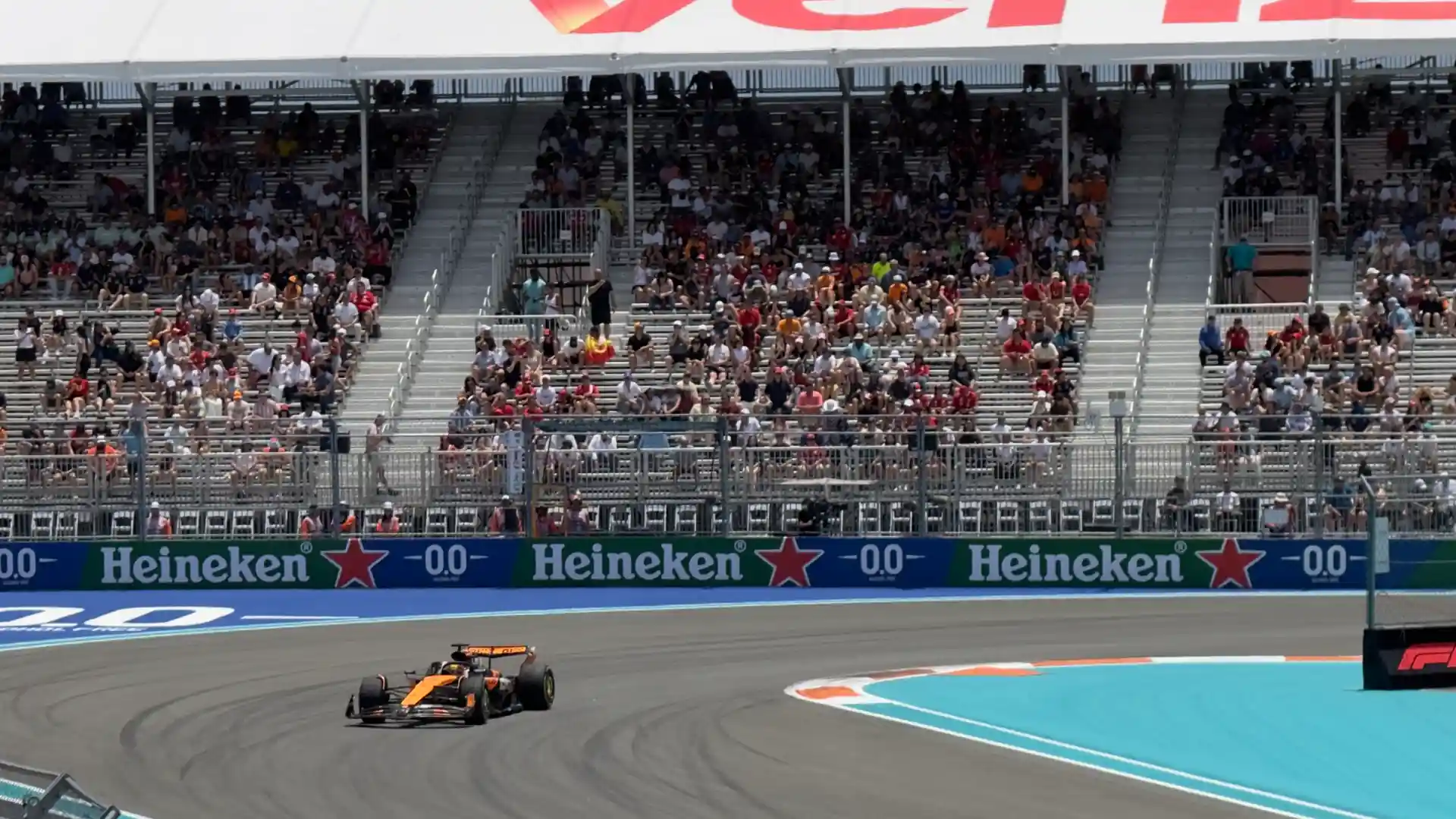
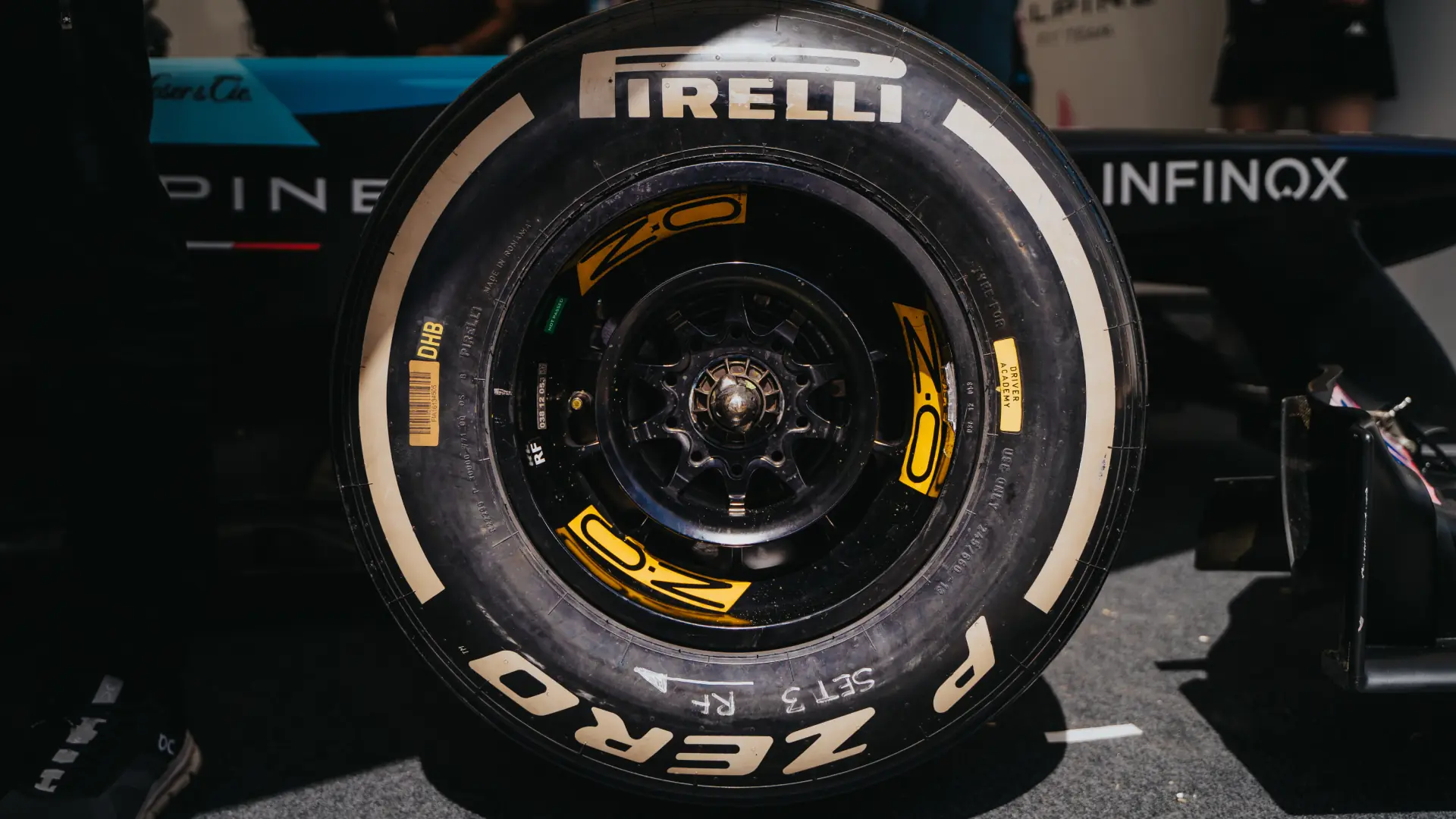
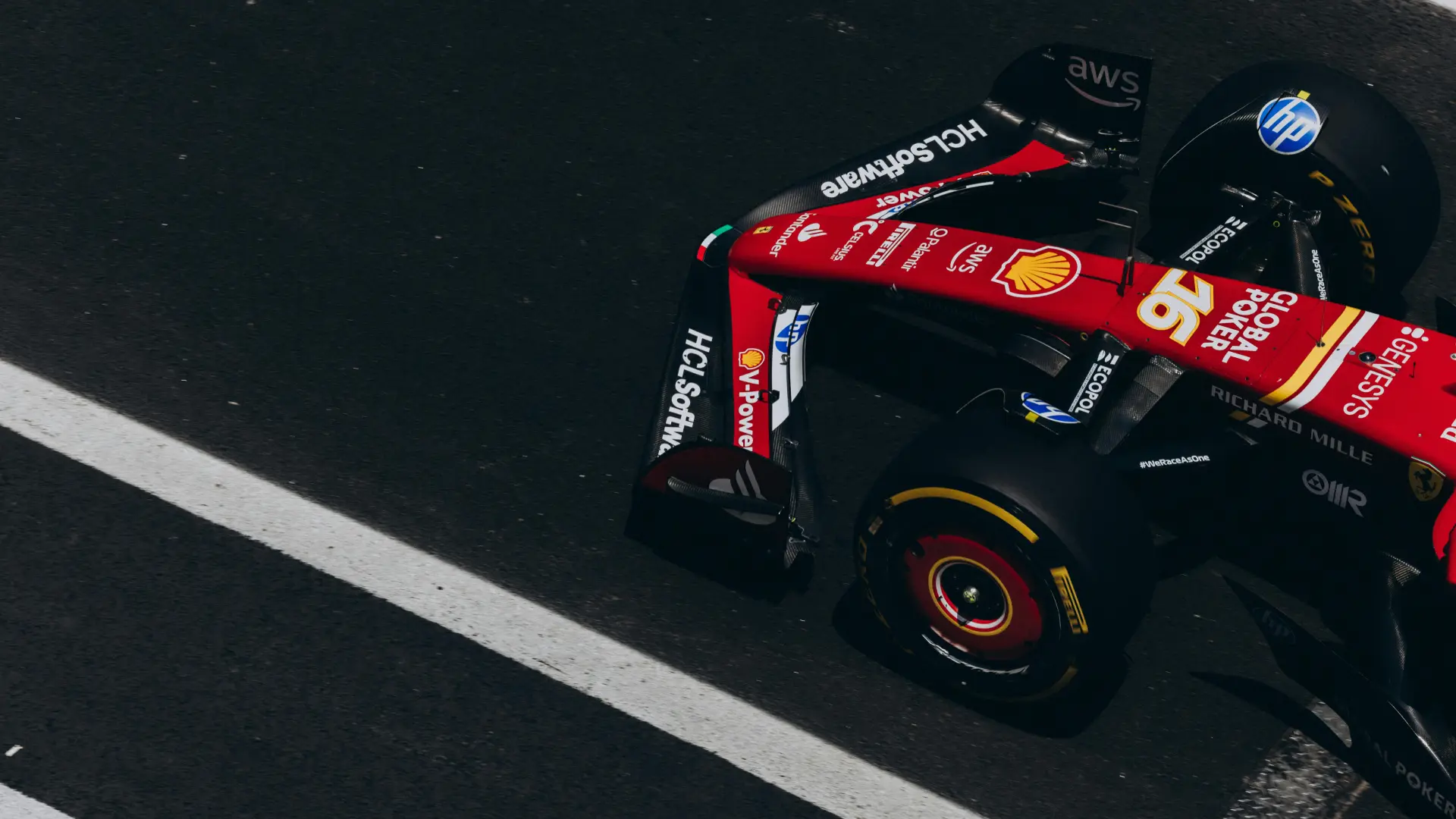

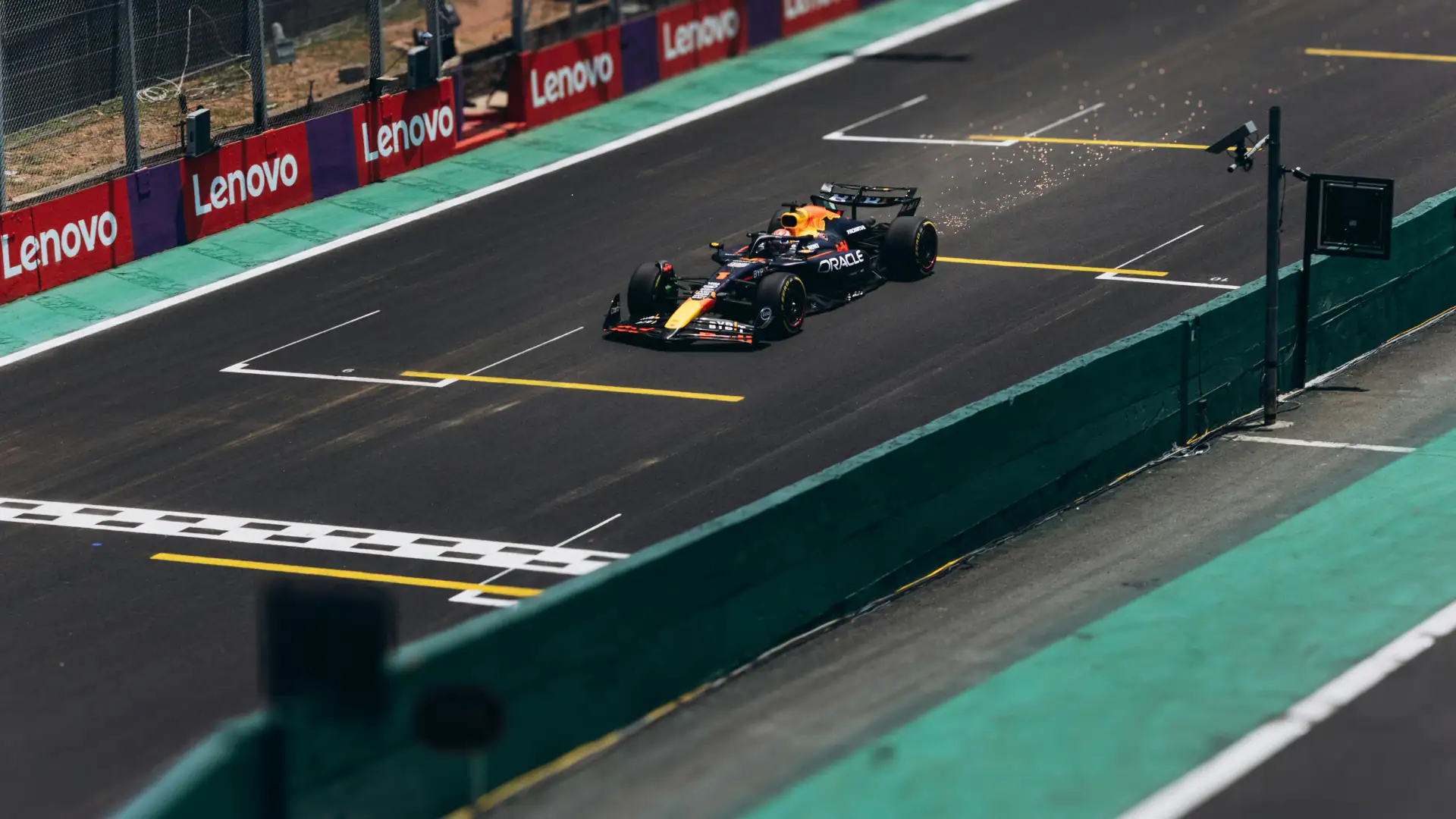
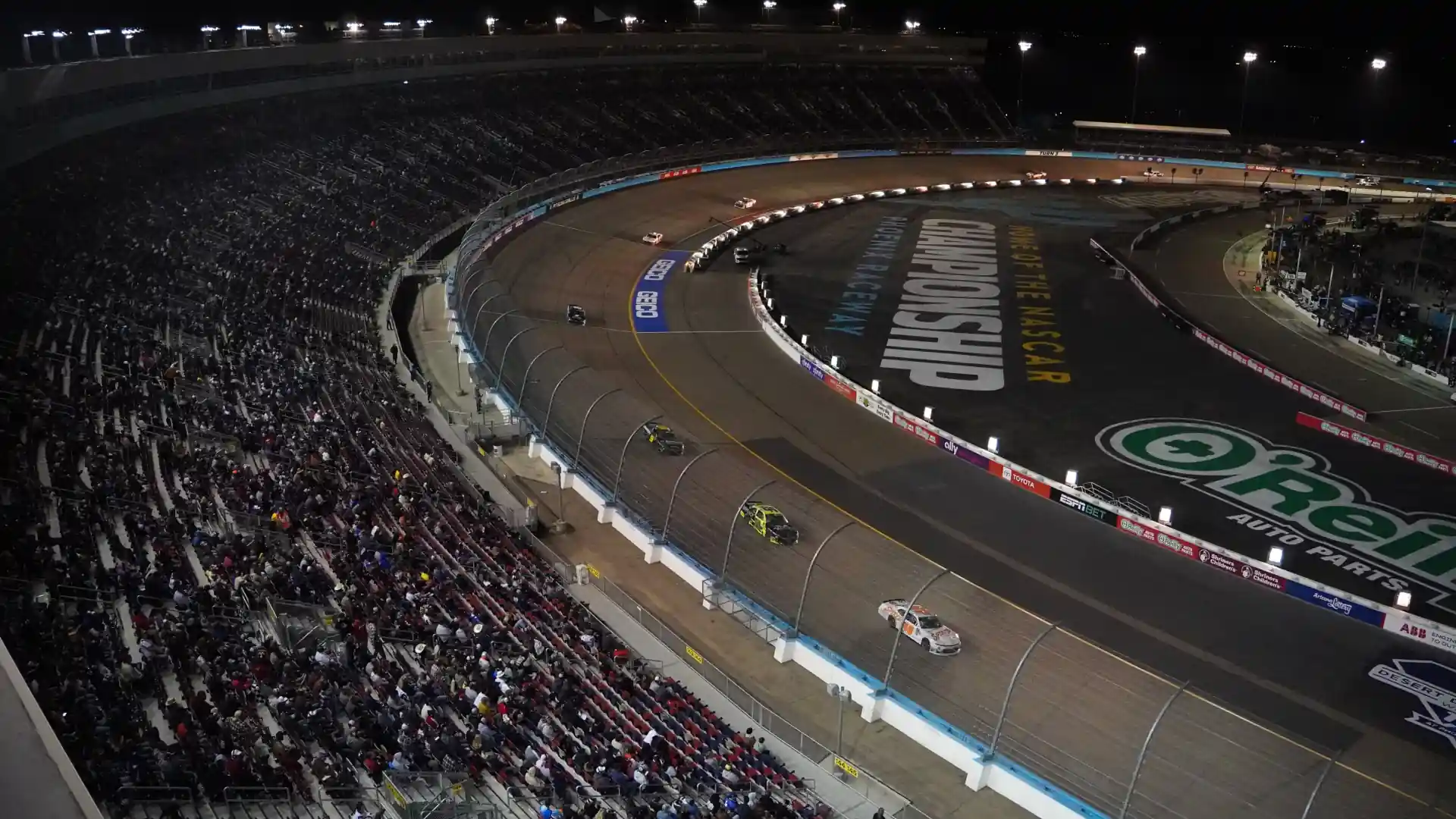
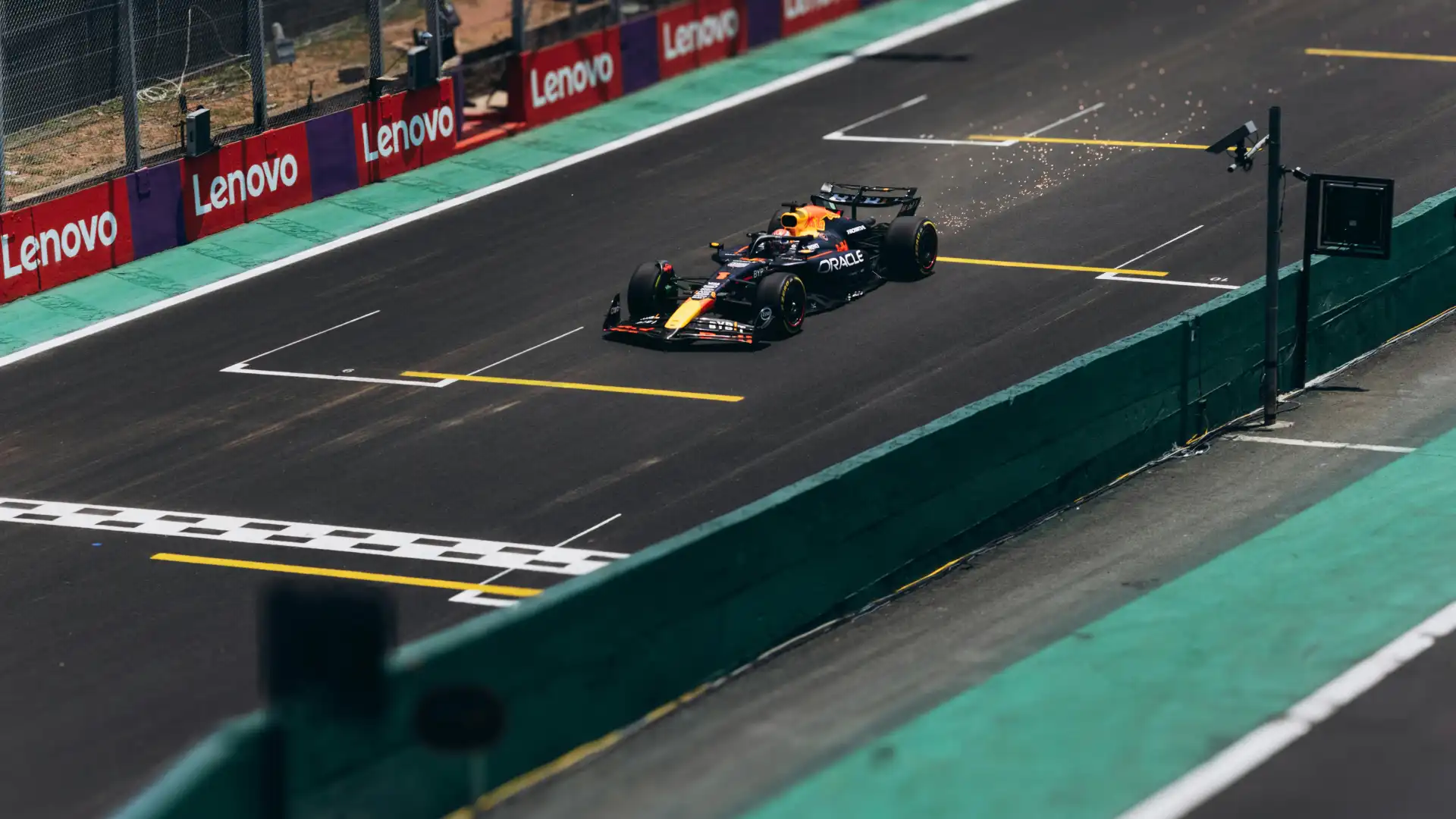
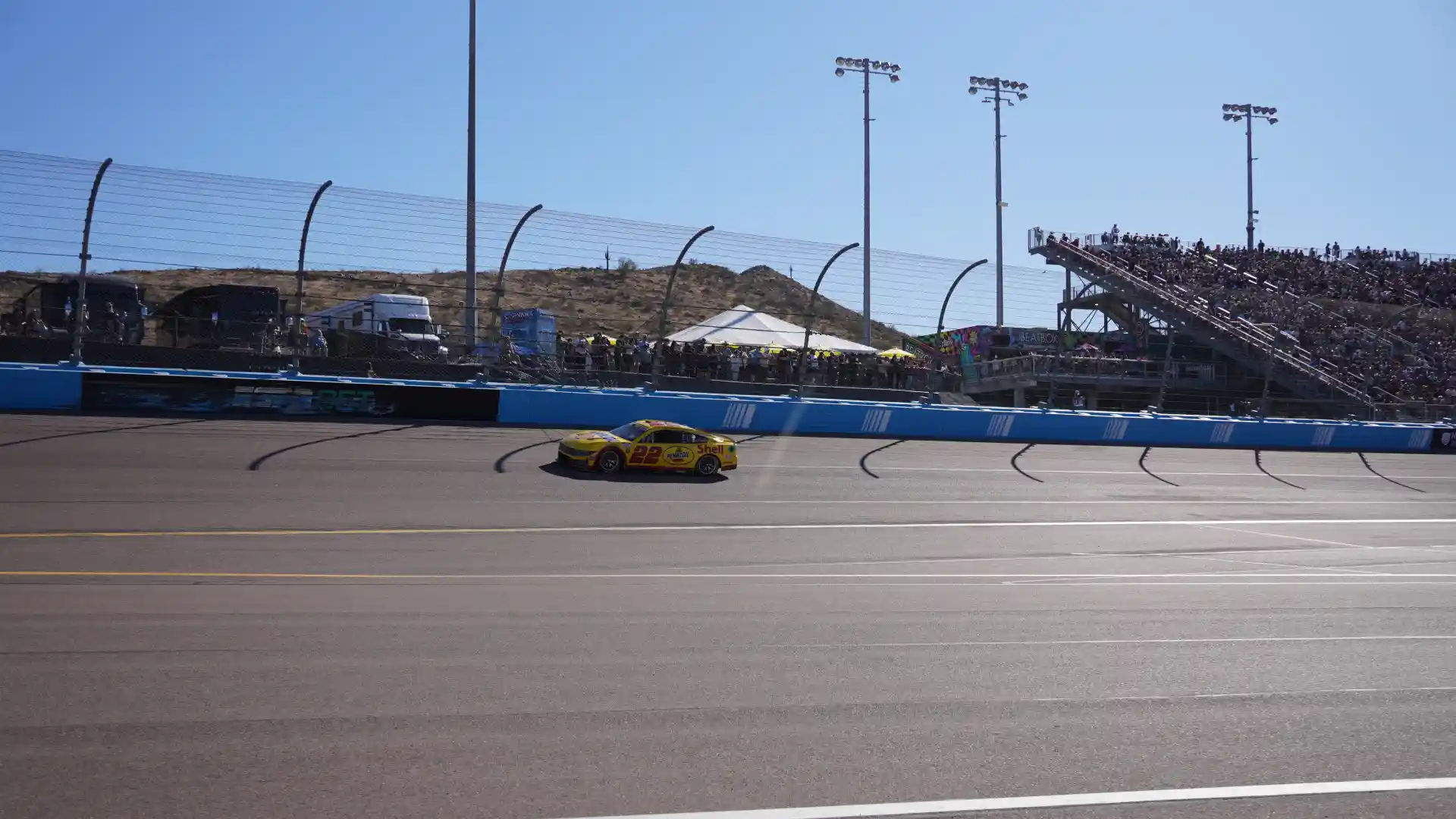
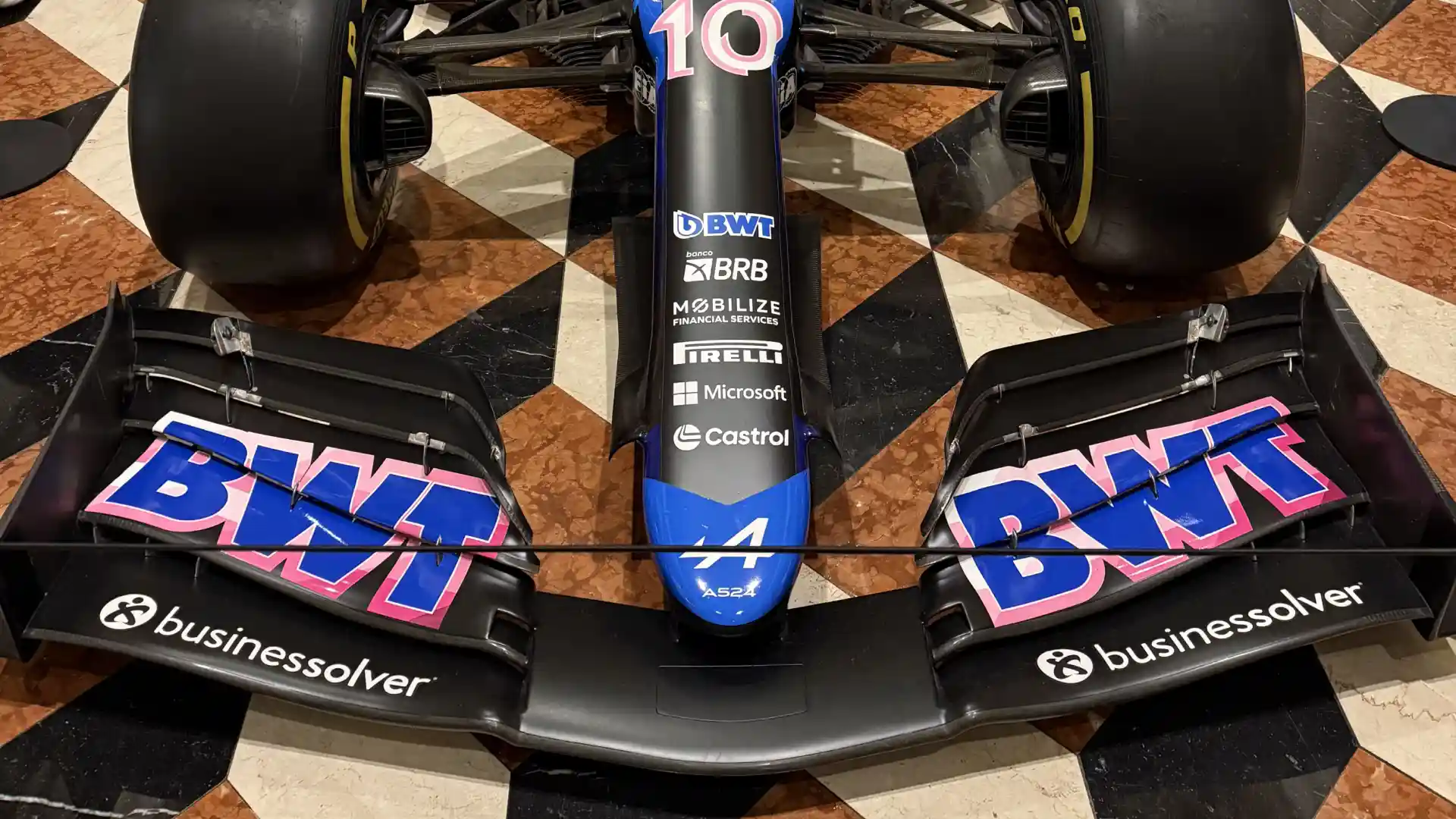
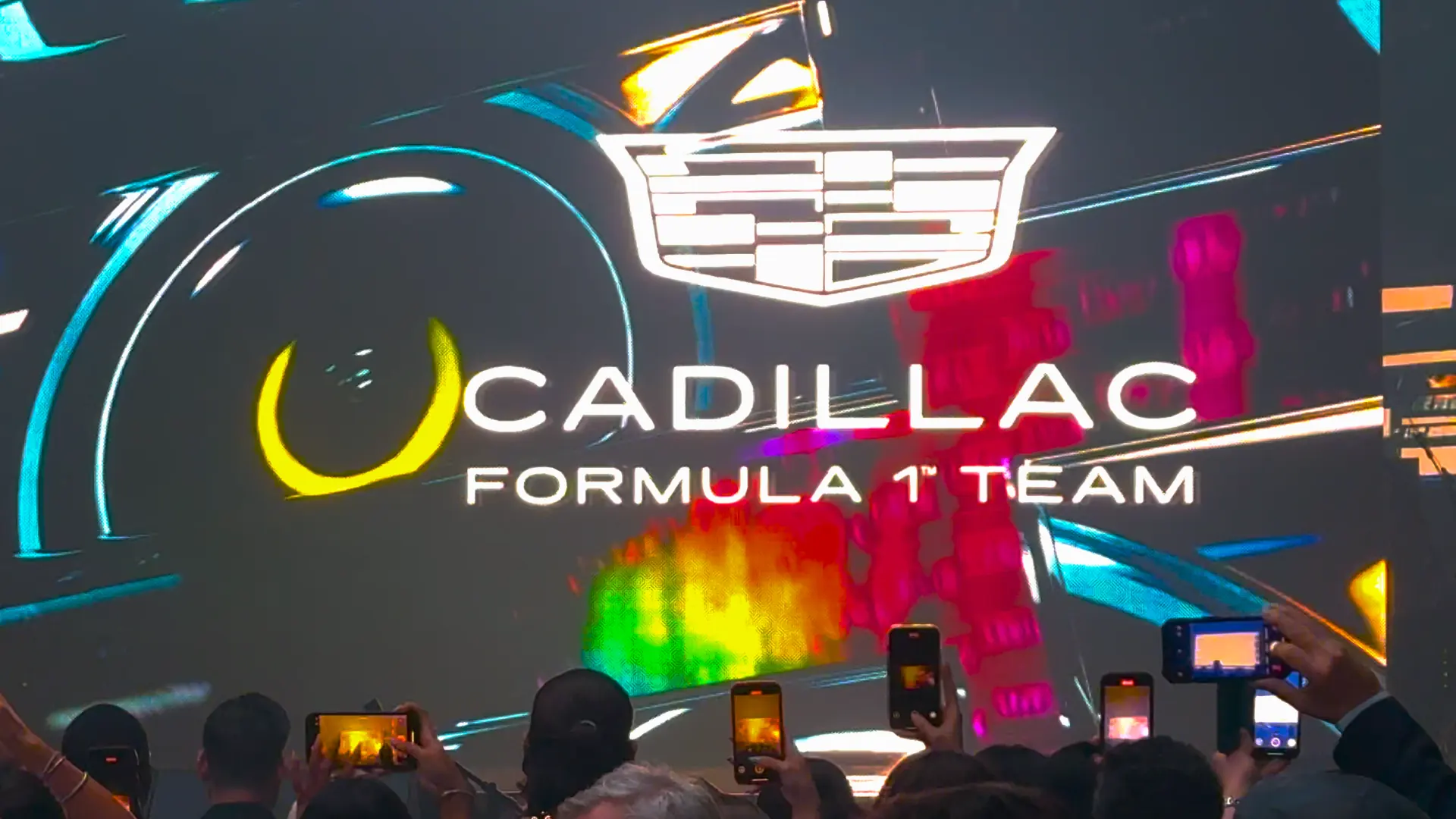
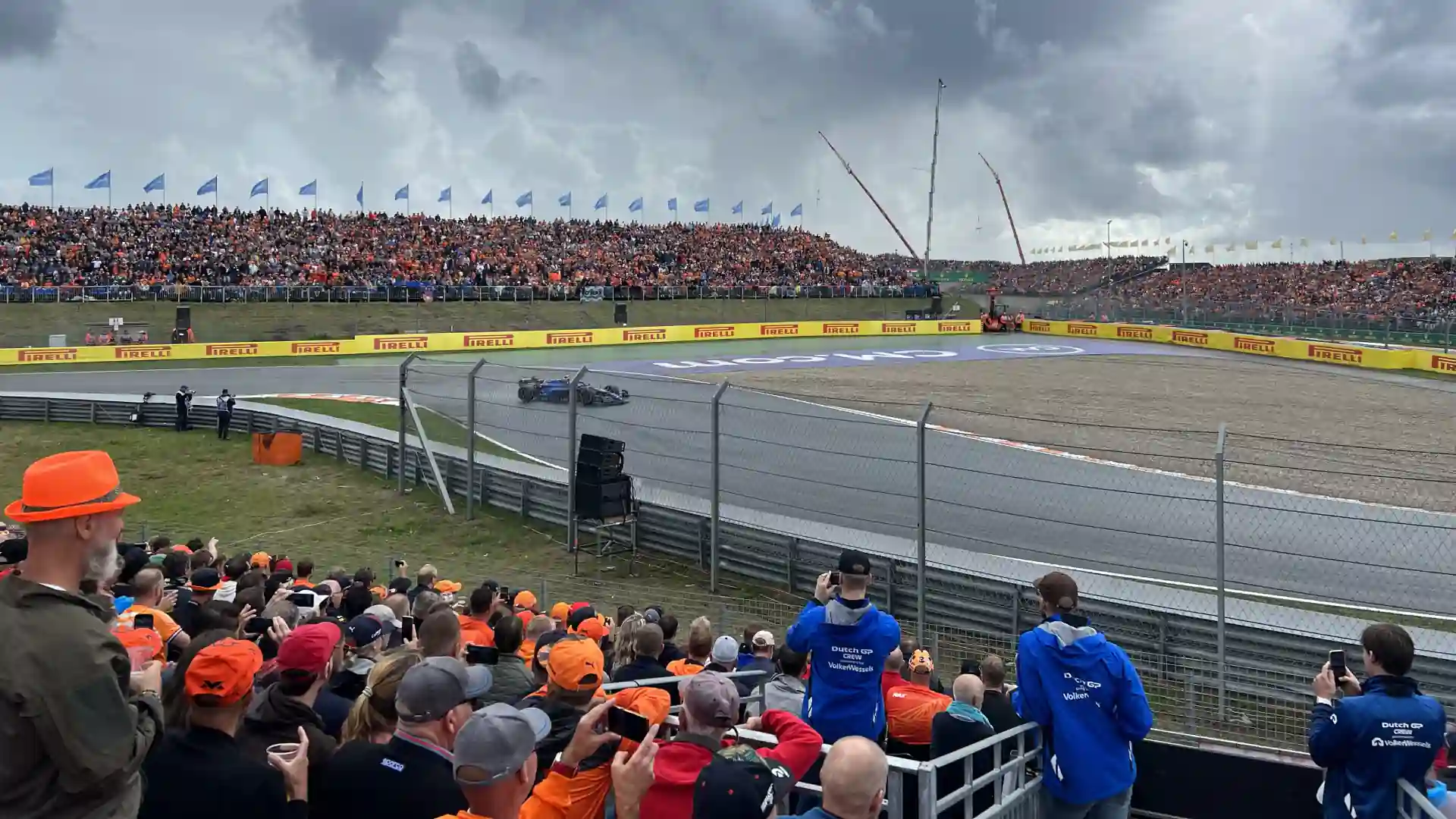
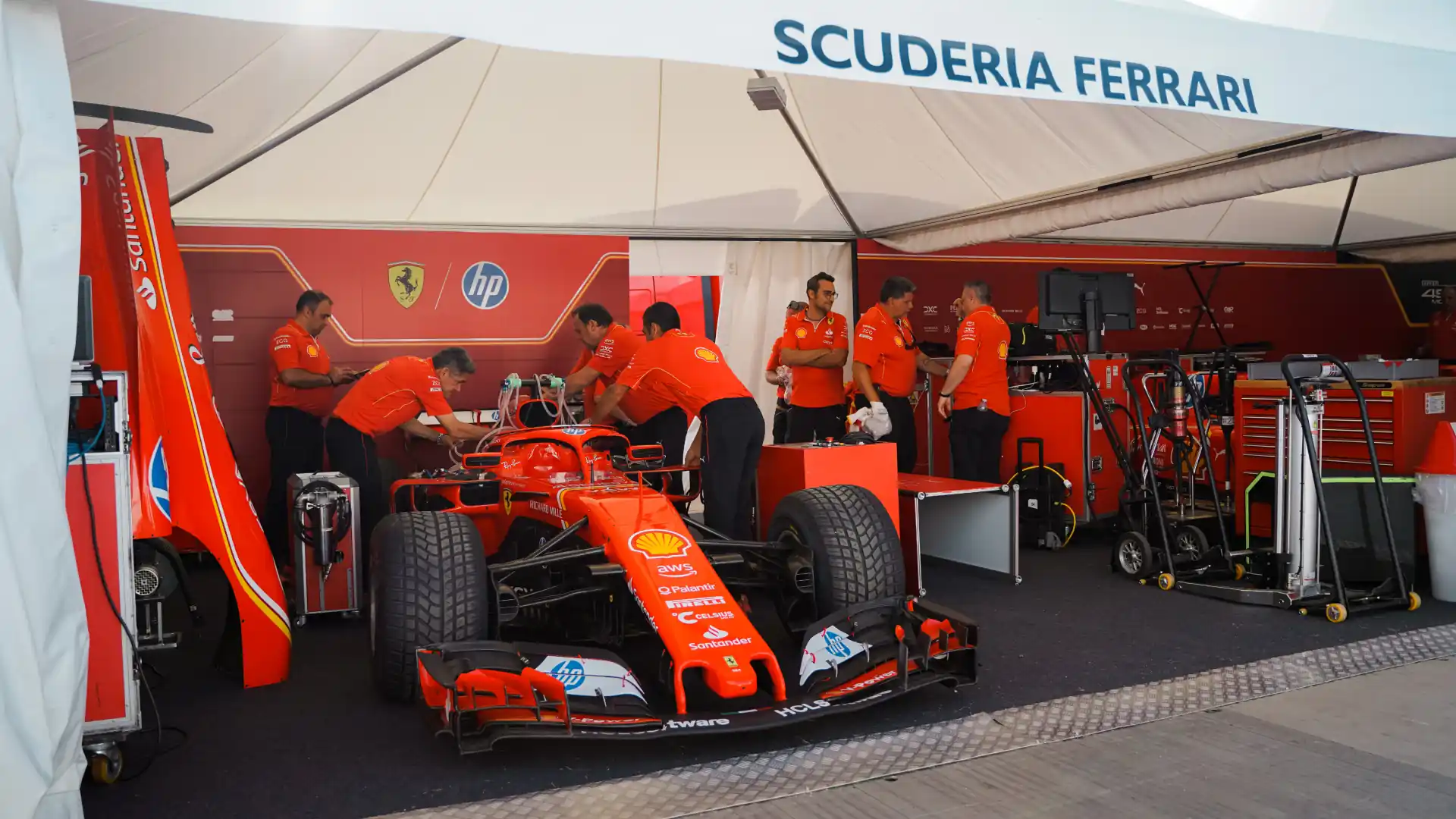
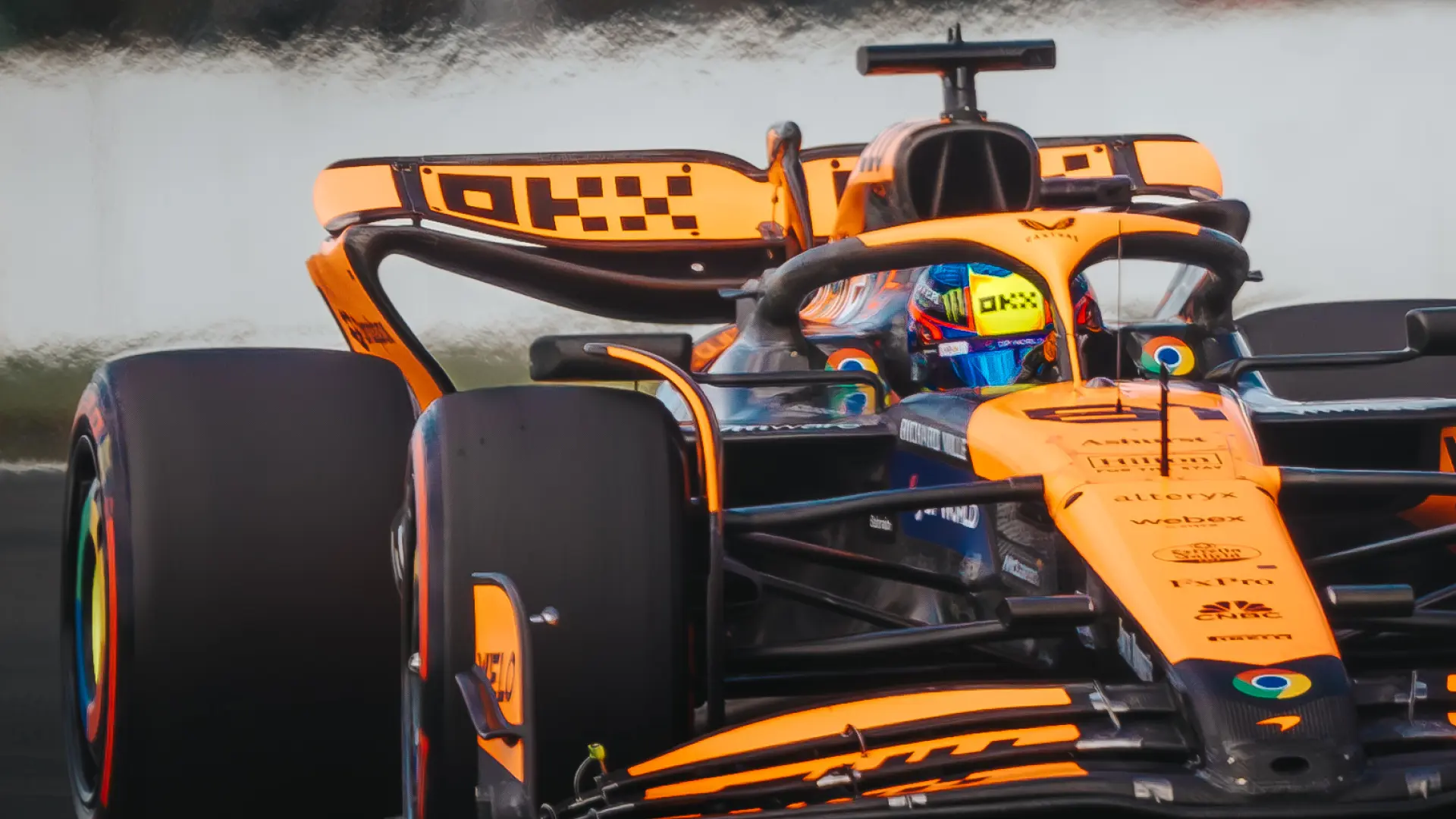
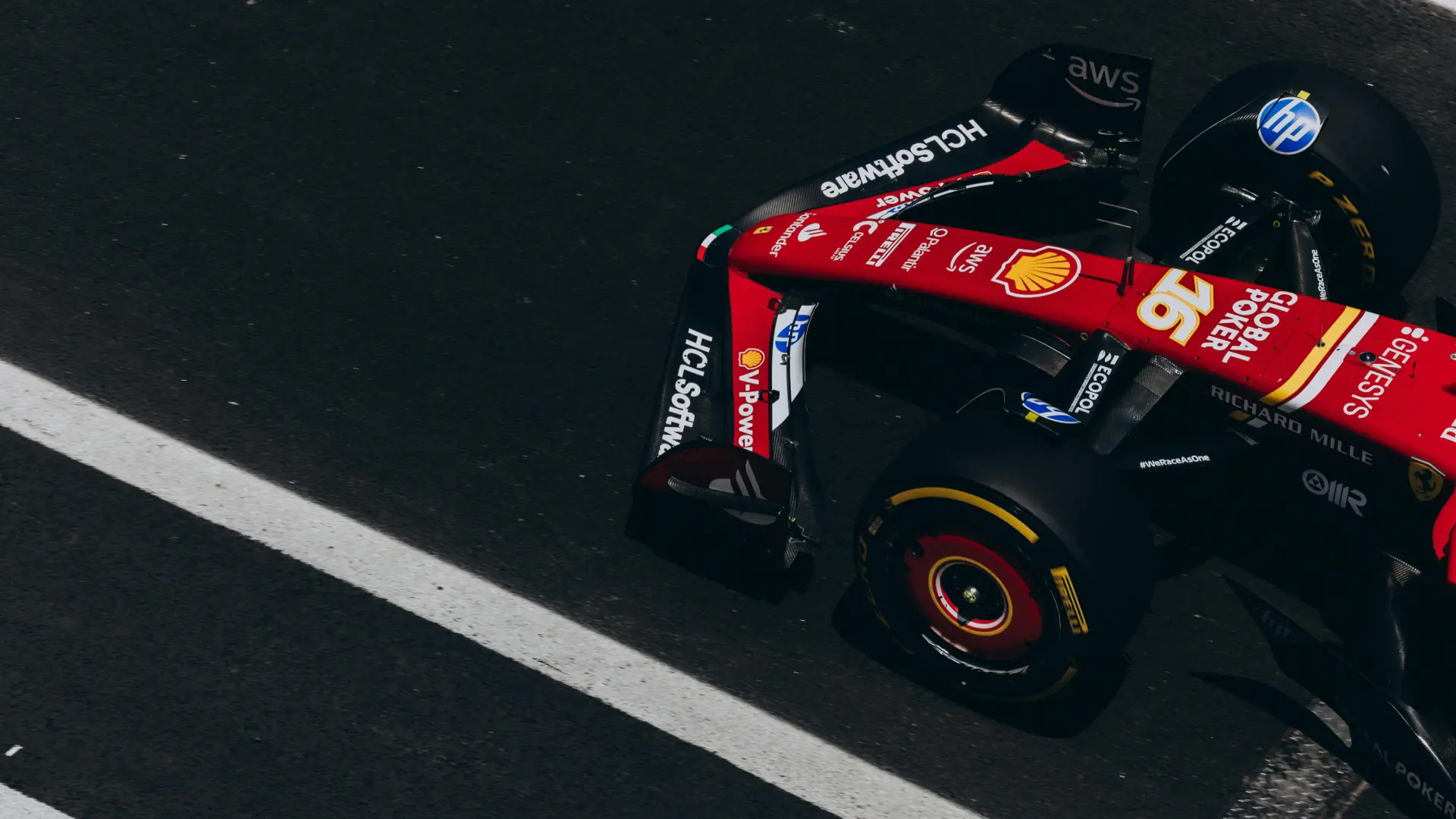

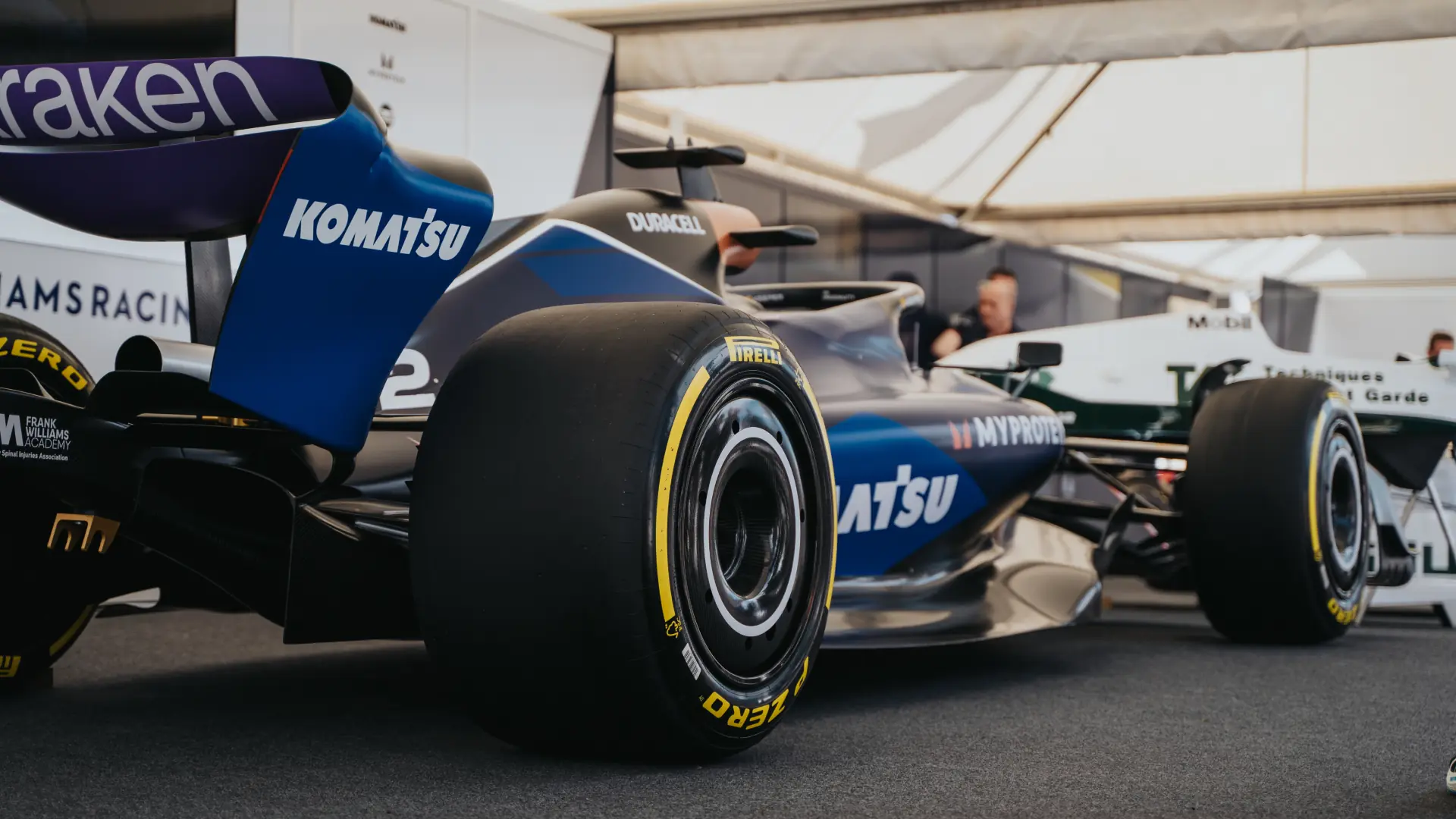
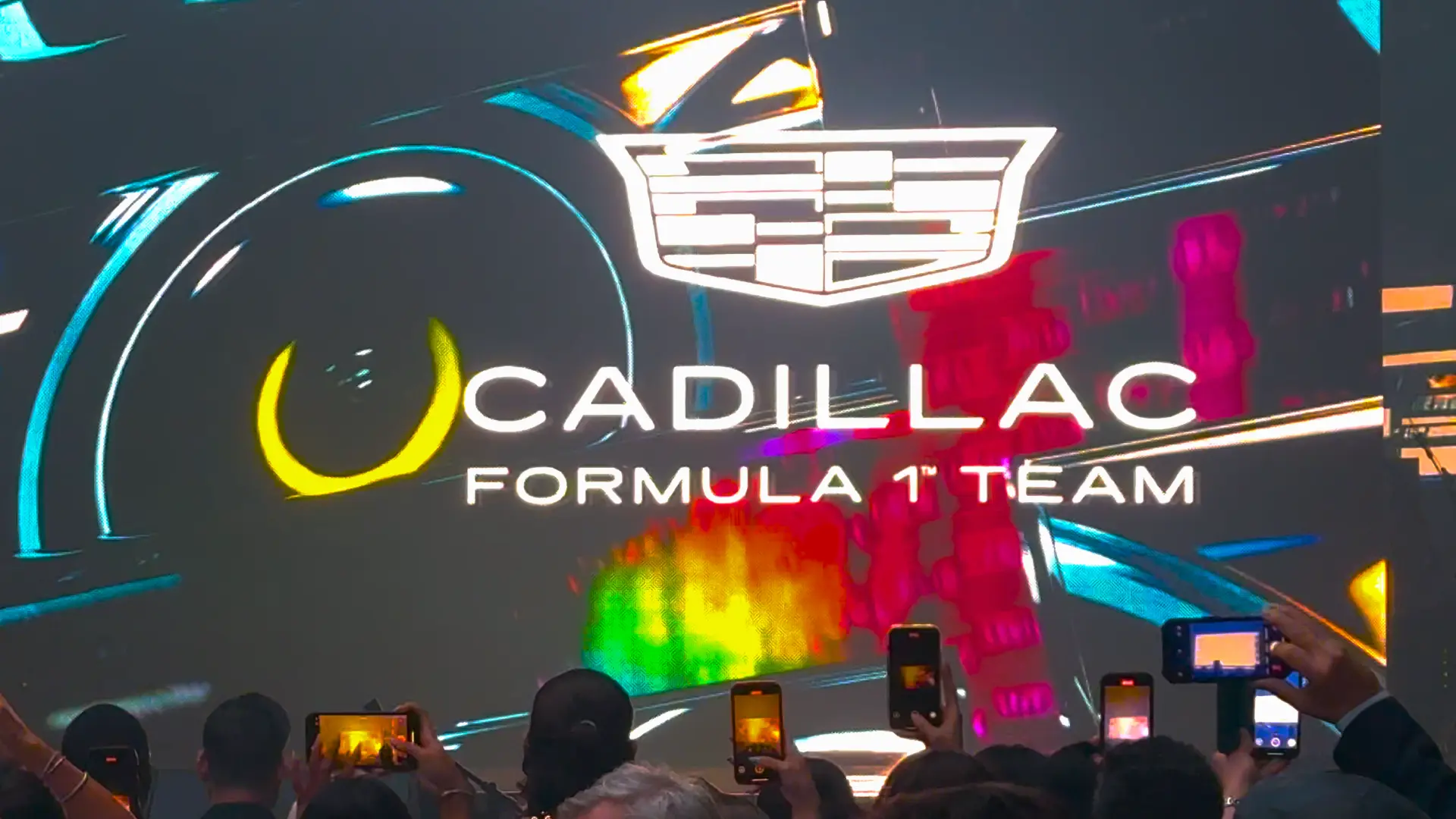
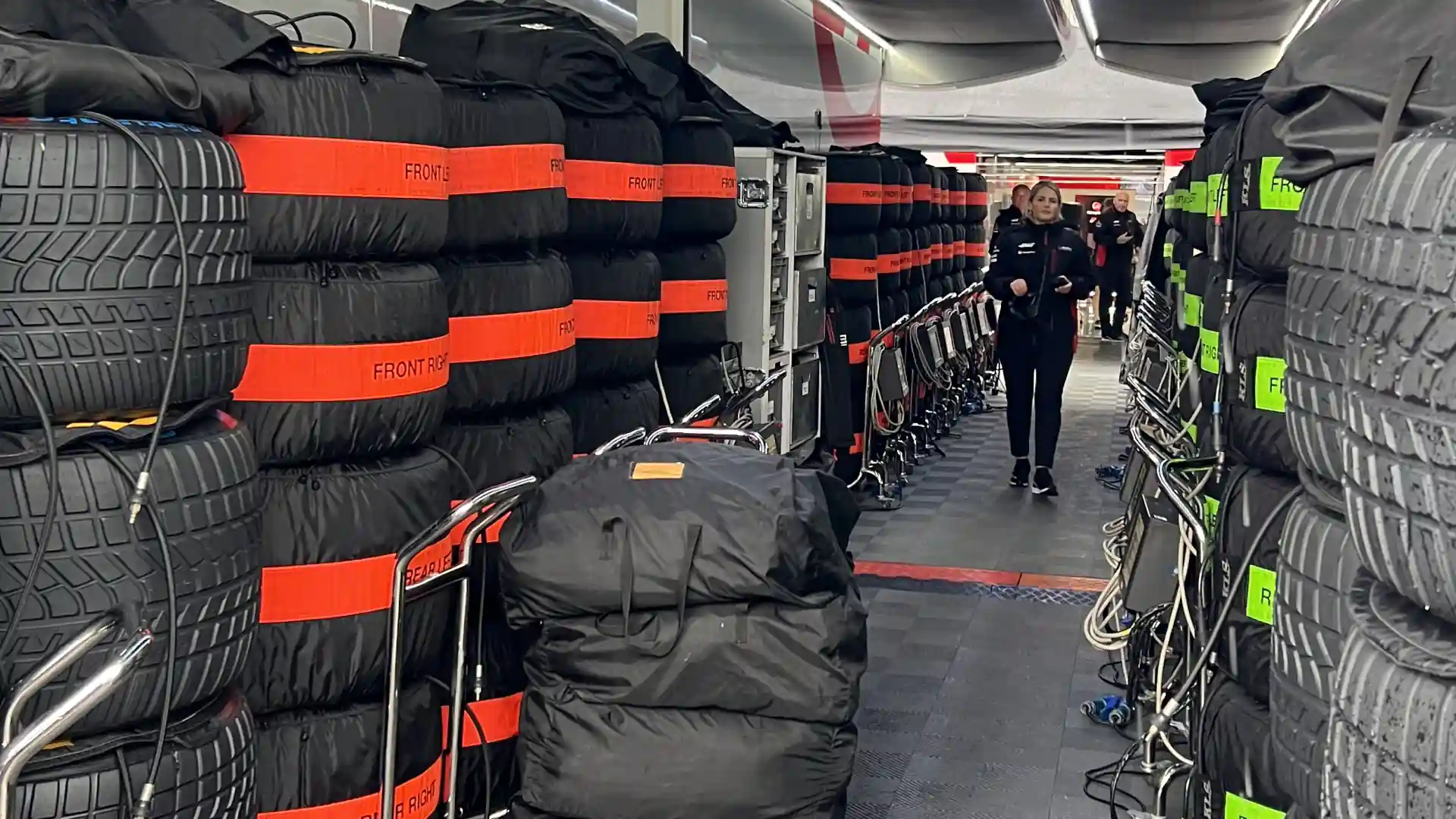
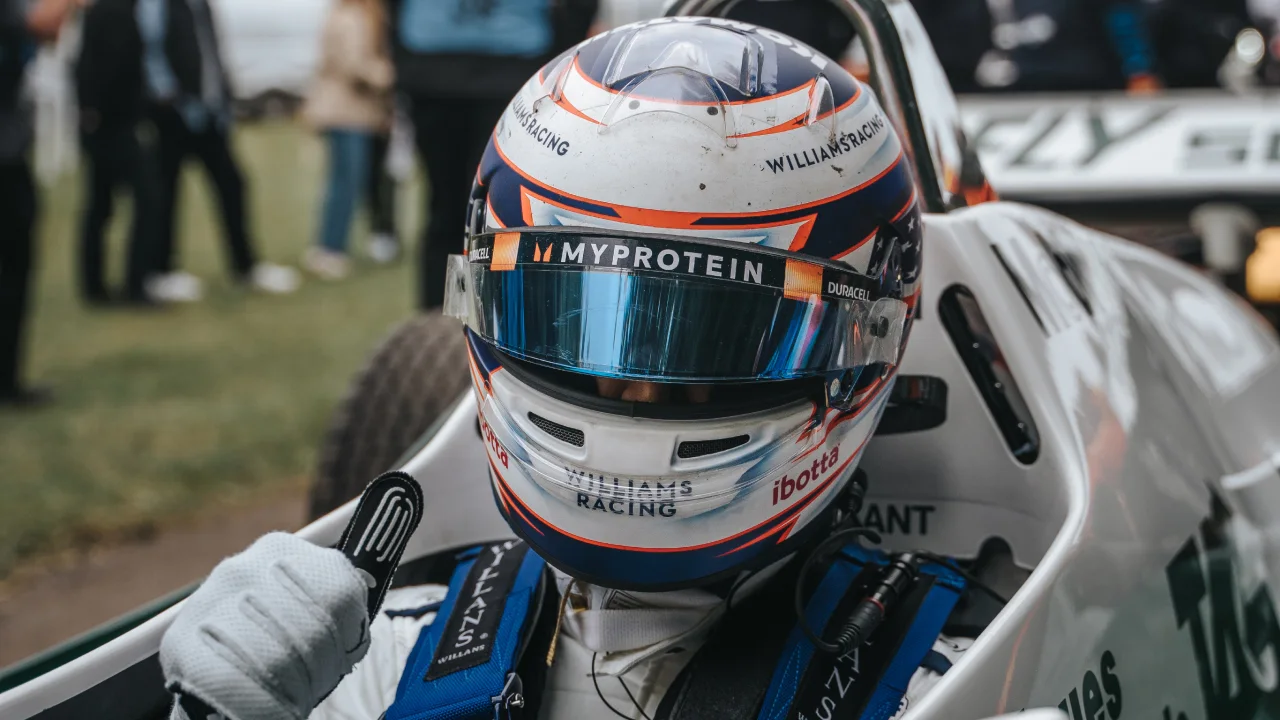
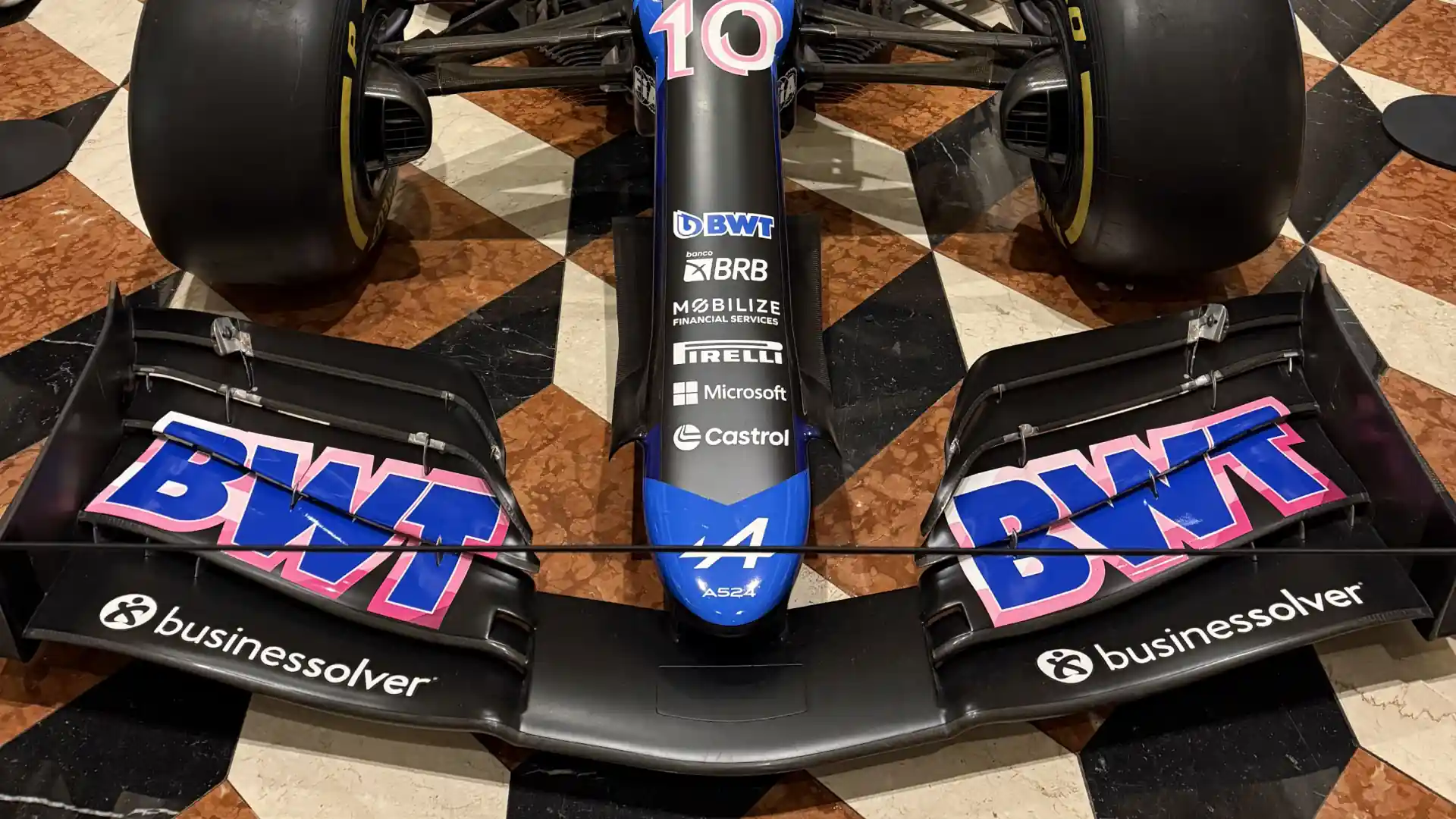
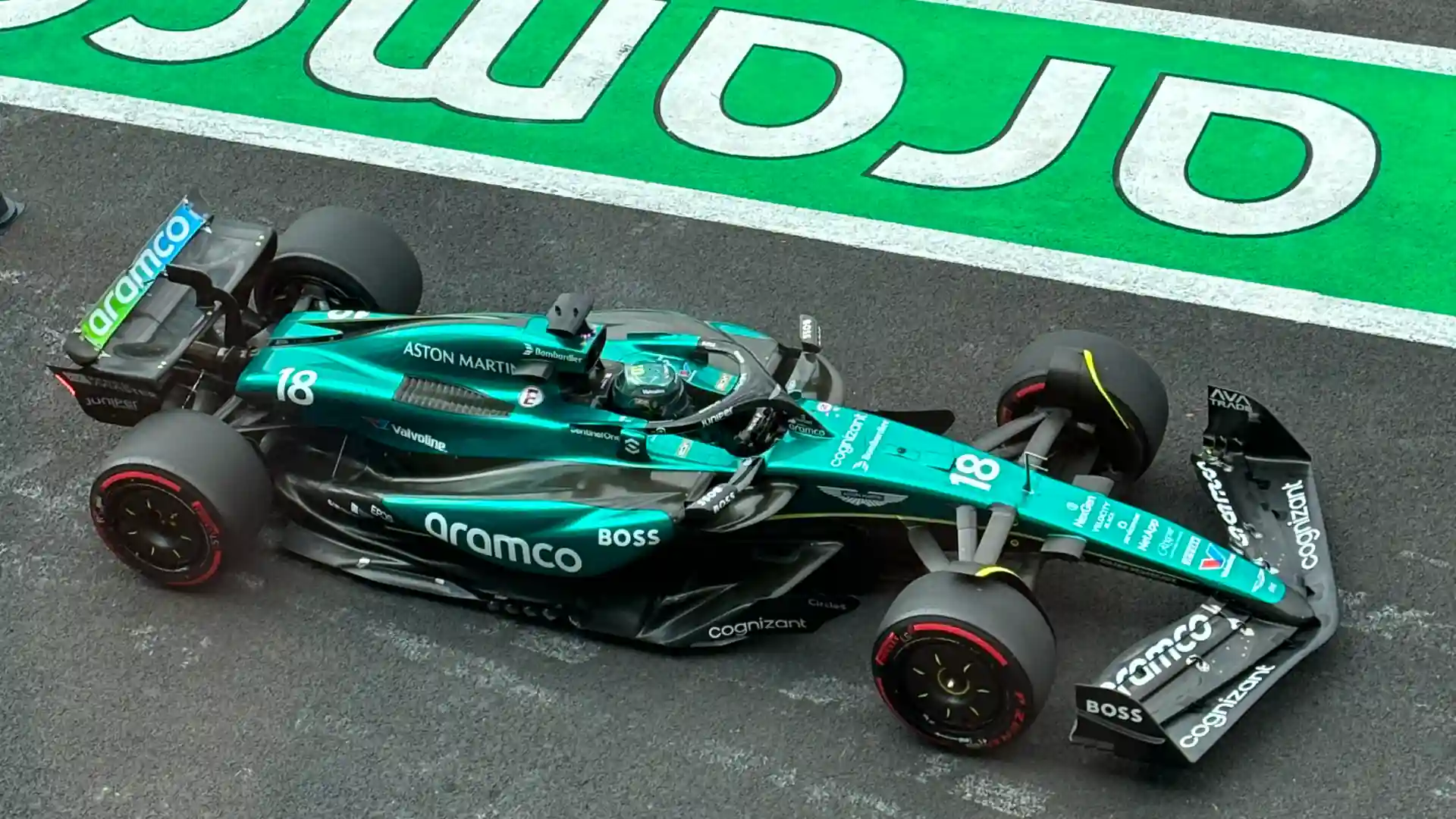
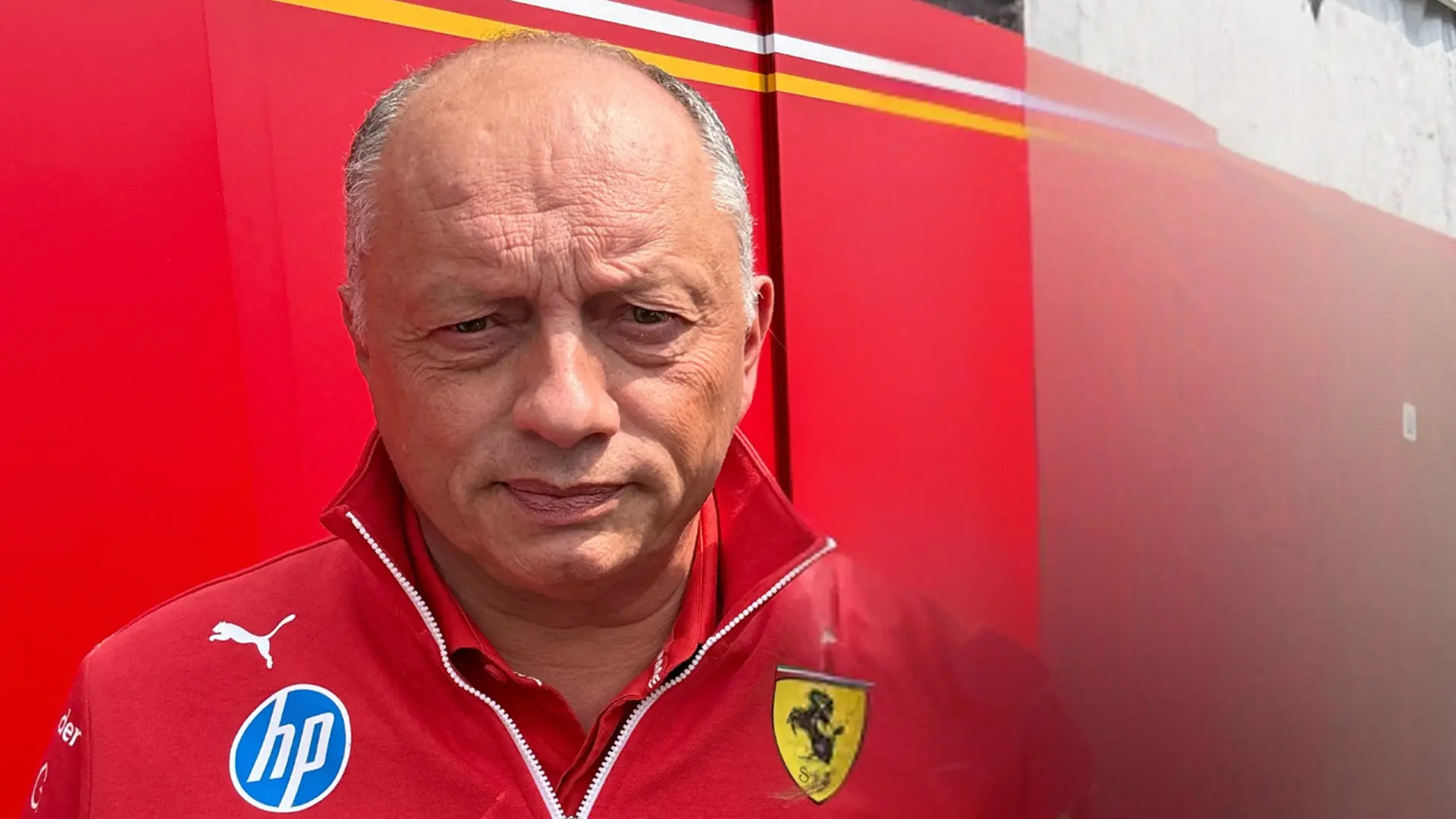
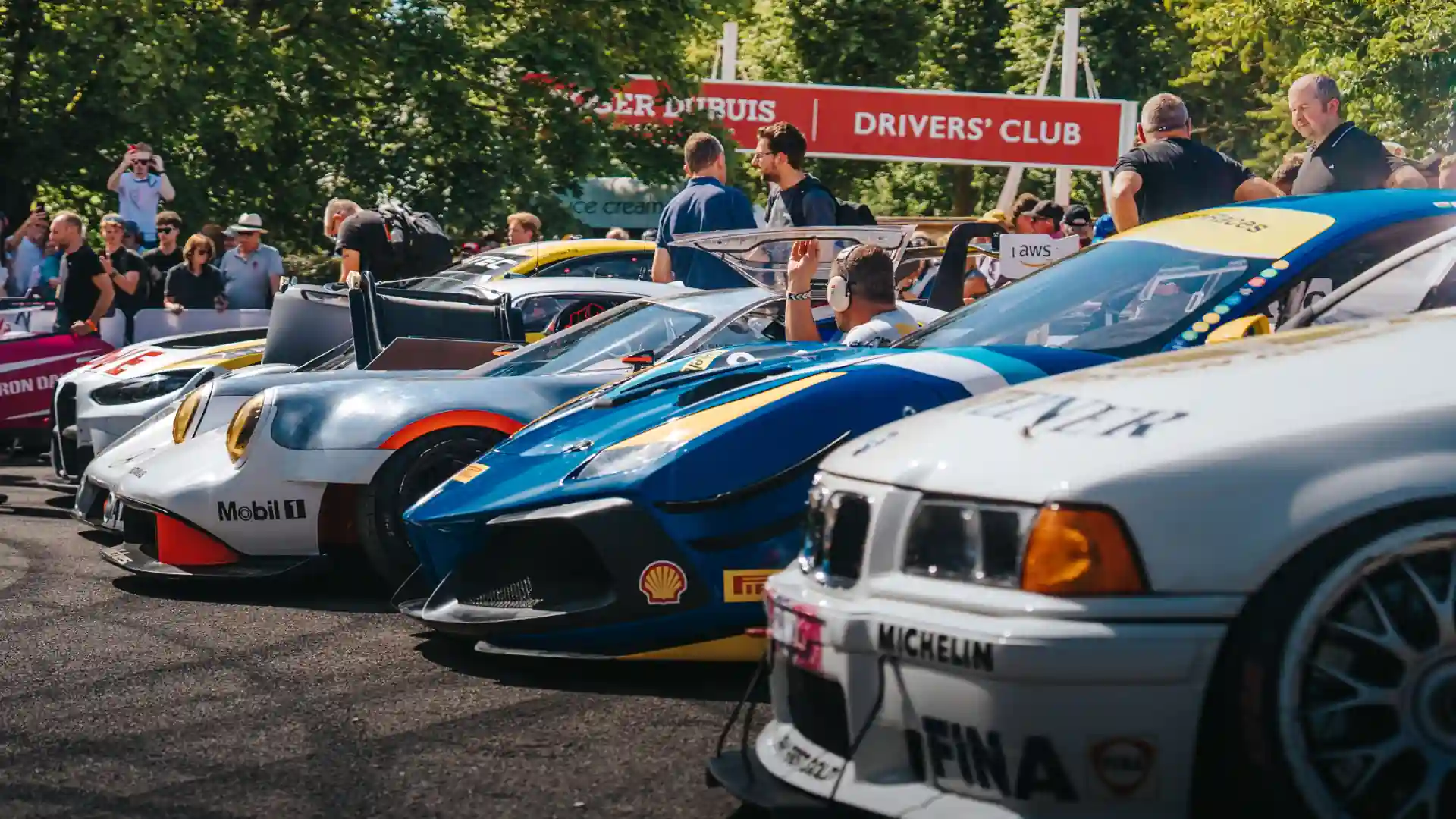
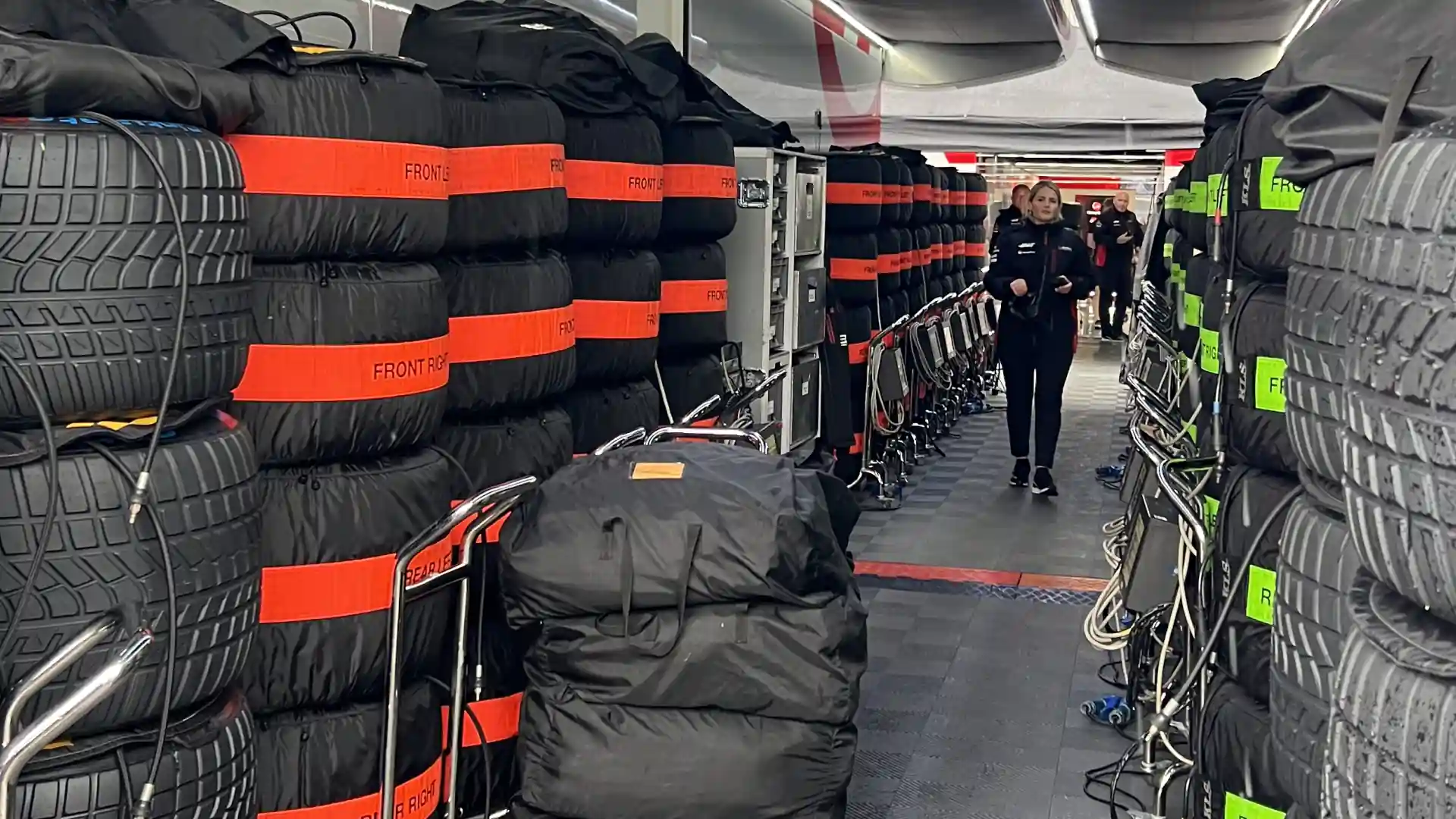
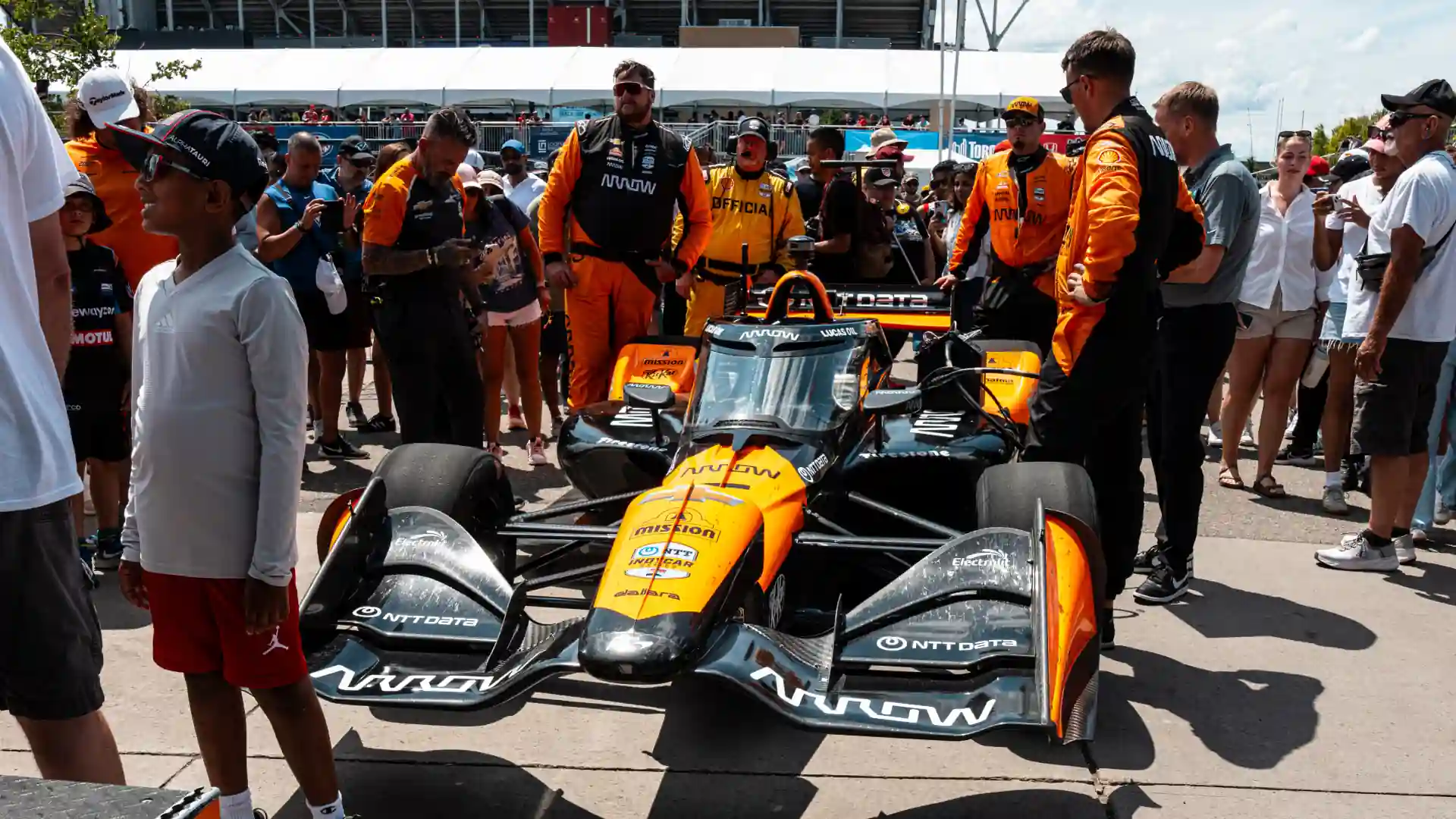

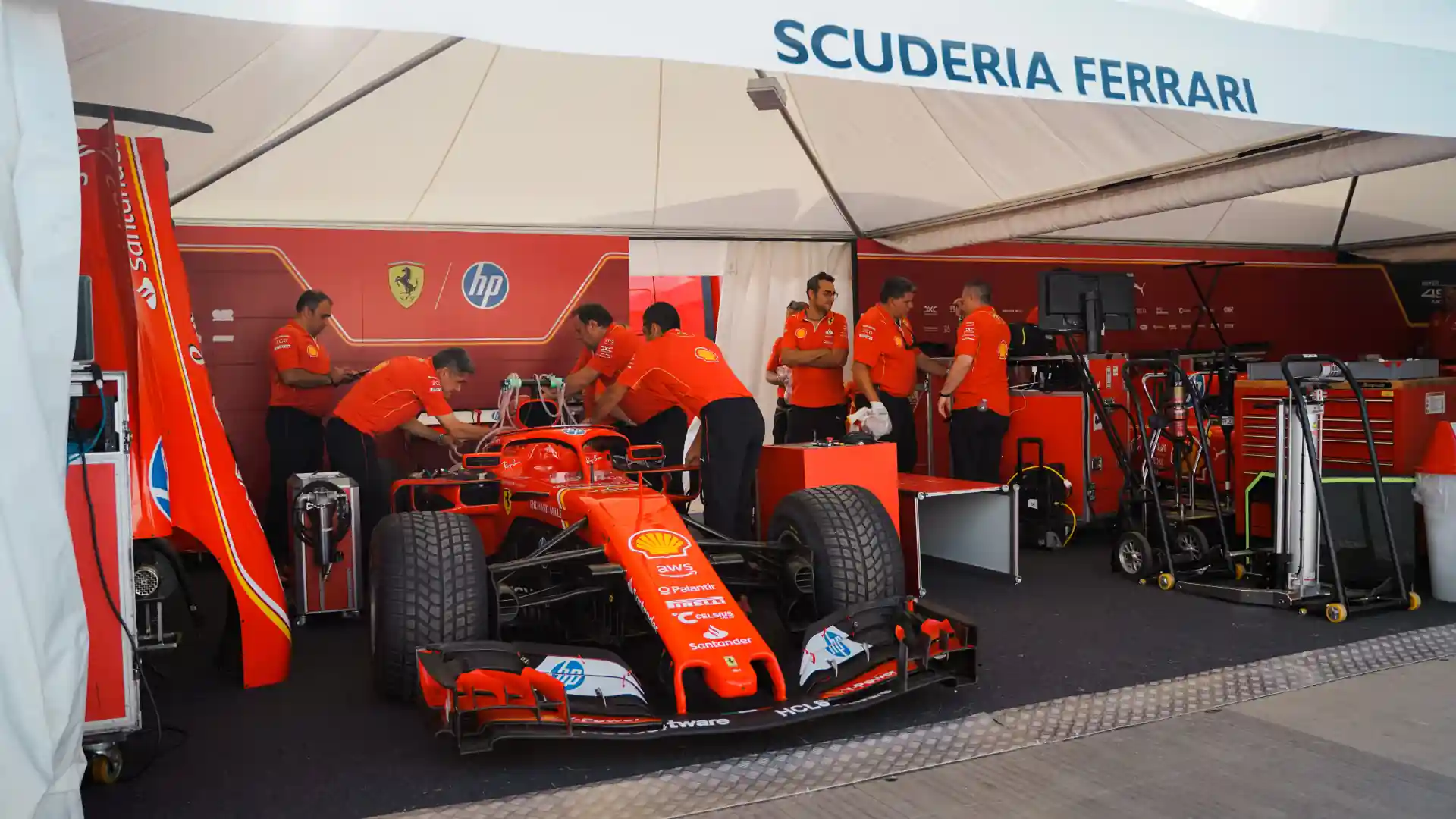
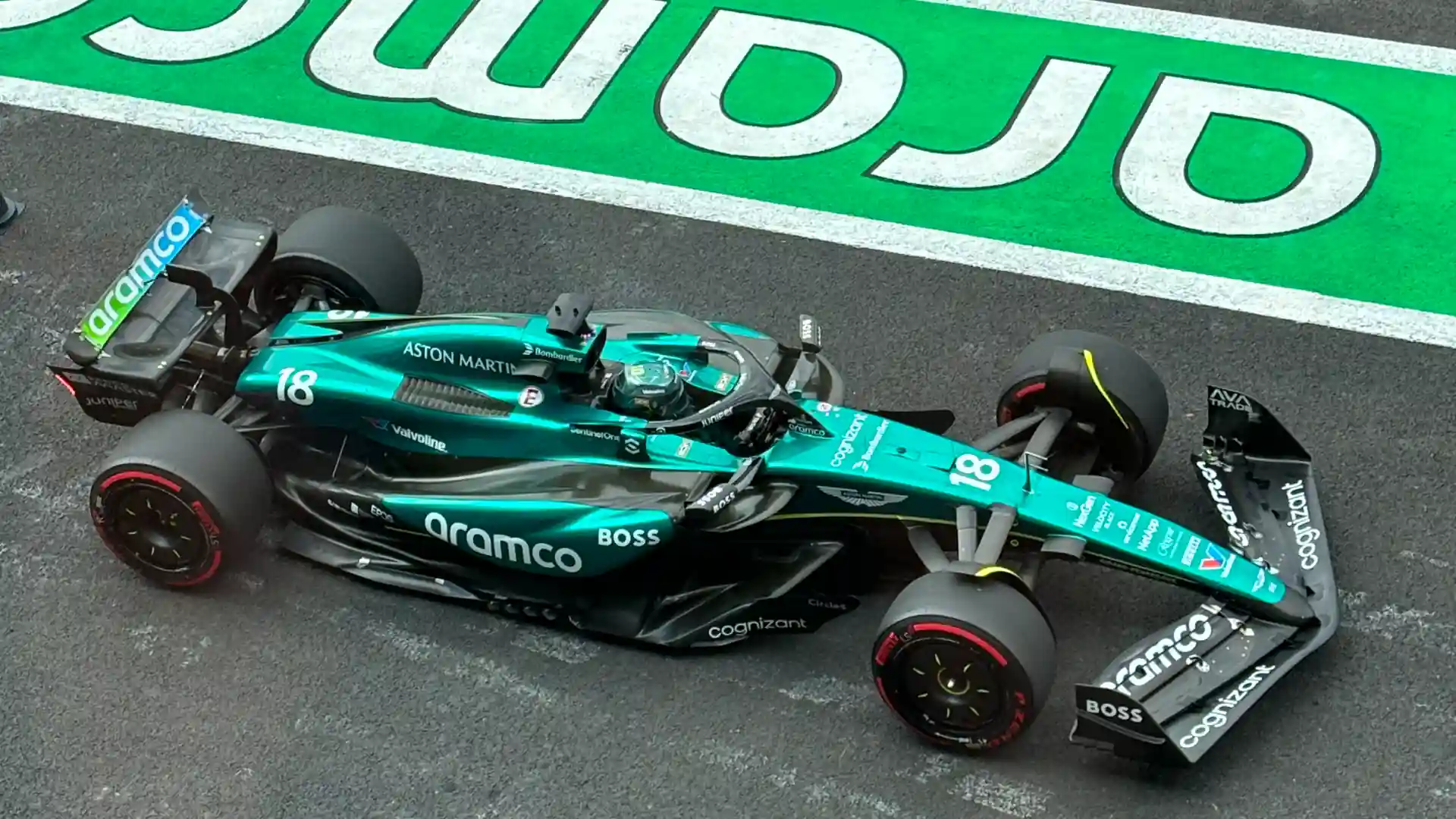
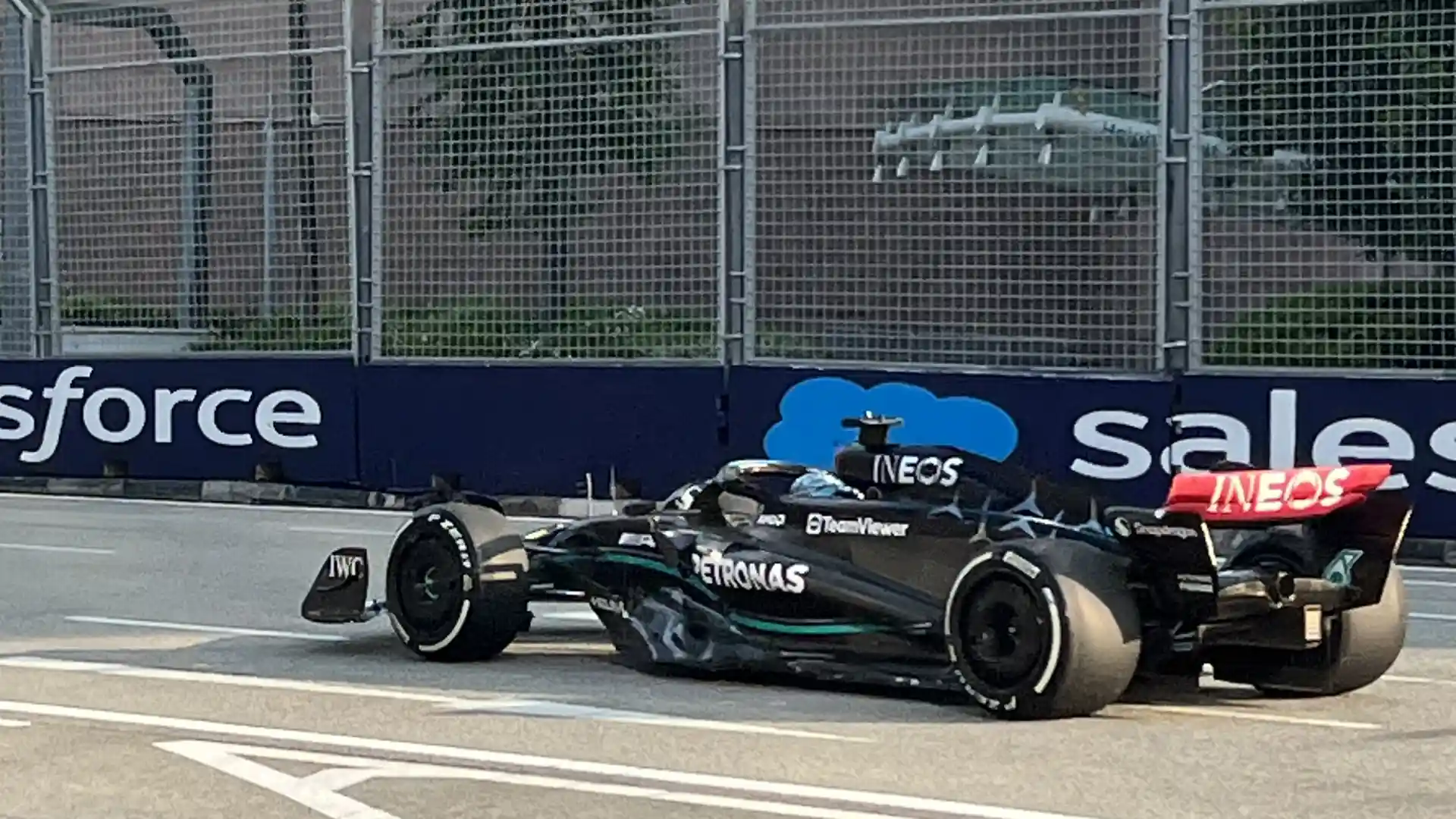









.webp)

.webp)














